Picture this: New York City, 1860s. Horse-drawn carriages, cobblestone streets, and fancy dresses. Sound exciting? In the 1860s, Manhattan wasn’t the towering metropolis we know today. Skyscrapers? Not even a thought! The island was mostly low-rise, and the Brooklyn Bridge was still a dream. But don’t get it twisted; Manhattan was buzzing with energy, as people from all over the world poured in.
Gone were the simple colonial clothes. This era brought in hoop skirts, corsets, and top hats. Gentlemen wore suits with vests and pocket watches, while ladies displayed their fashionable side with elegant gowns and bonnets. And let’s not forget those fancy mustaches and beards!
Taverns, theaters, and dance halls dotted the island. A night out might mean catching a play, enjoying a lively jig, or simply strolling down Broadway, the city’s main thoroughfare. Vaudeville was big, and so were minstrel shows, though we now recognize the latter as a regrettable part of our history due to its racial insensitivity.
Street vendors called out selling fresh oysters, newspapers, or toys. Kids played marbles, while adults discussed the latest gossip. And Central Park? Well, it was just opening up, offering a slice of nature in the middle of the urban sprawl. The first elevated railways started to appear, changing the way New Yorkers commuted. The modern department store concept began to take shape, with stores like Macy’s offering a variety of goods under one roof.
While Manhattan was lively and full of growth, the 1860s were also a time of great conflict. The American Civil War (1861-1865) deeply affected the city, with many New Yorkers taking sides. Draft riots erupted in 1863, revealing deep tensions and opposing views on the war and conscription.


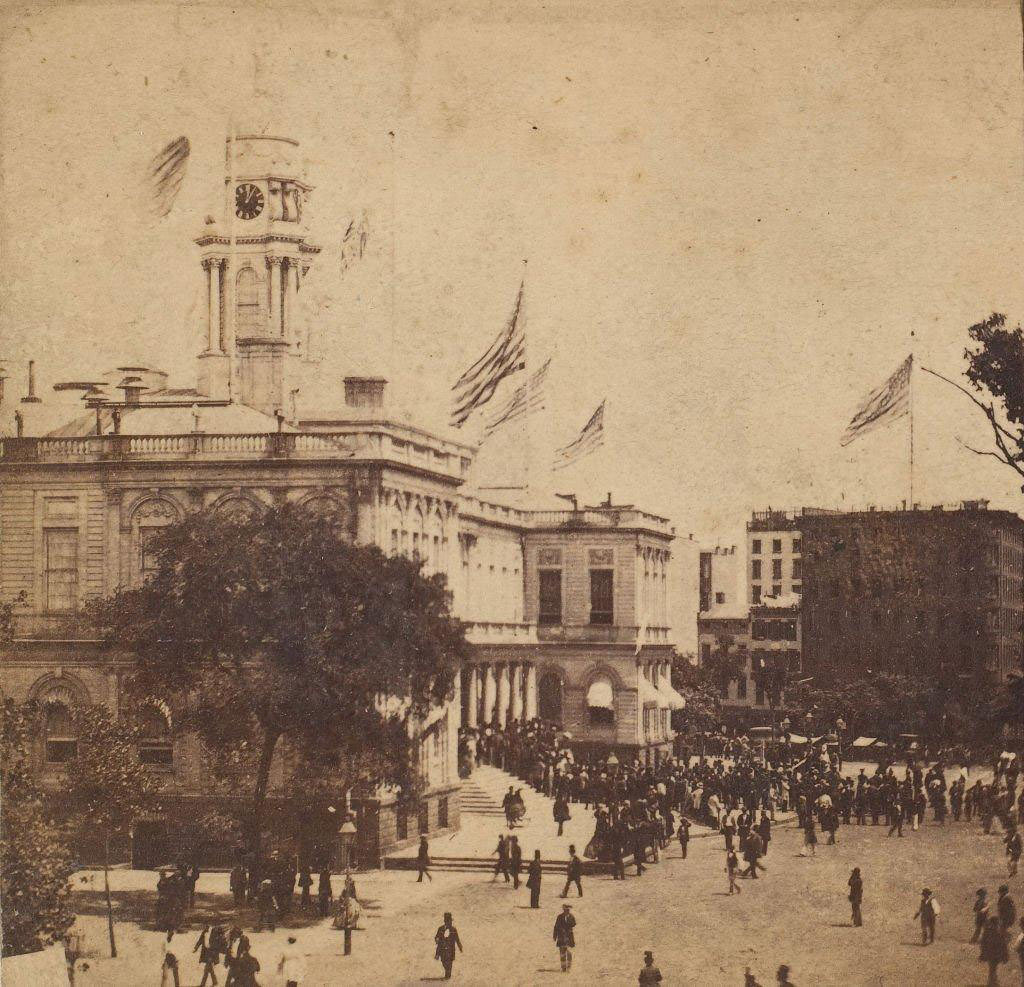
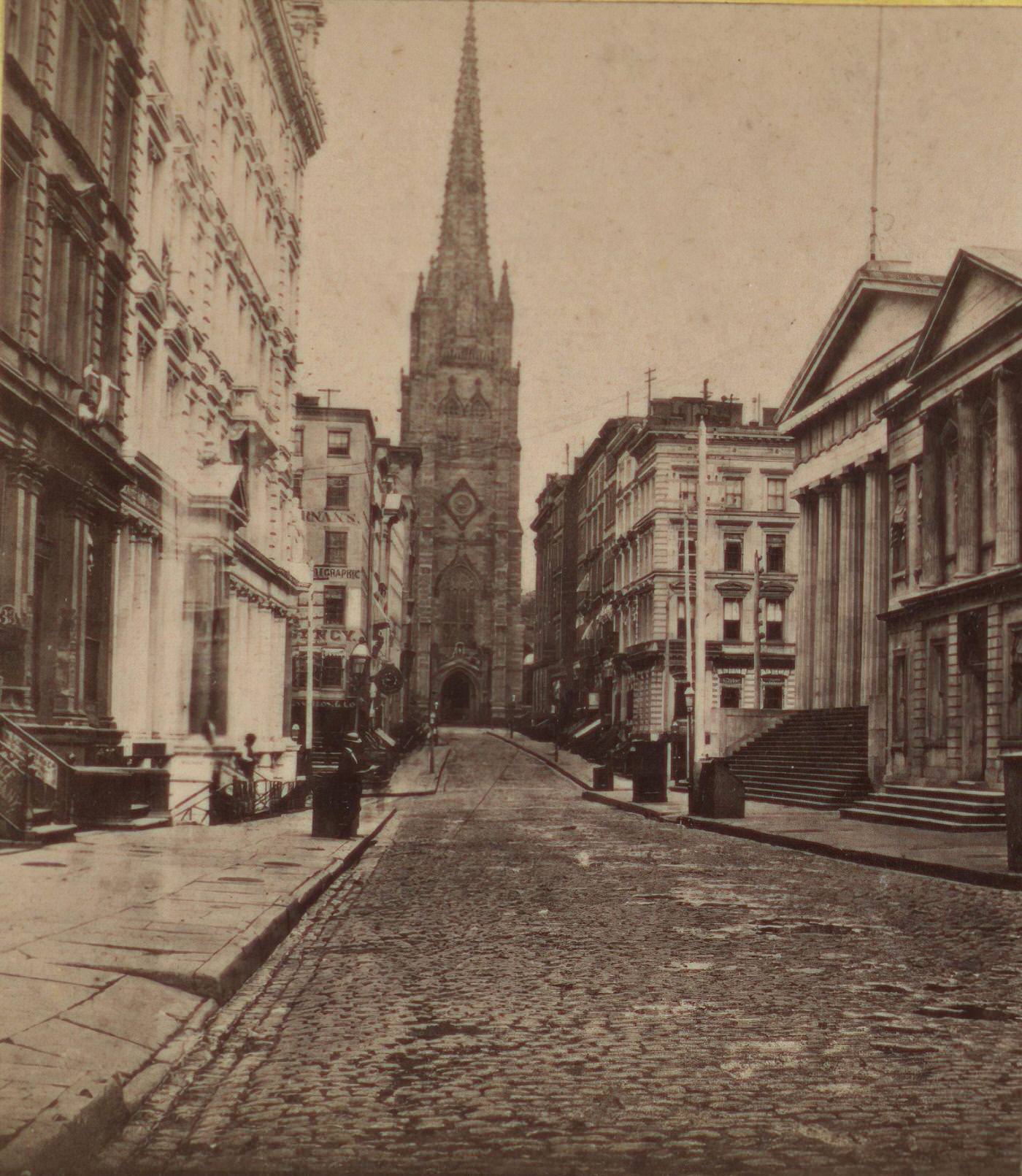

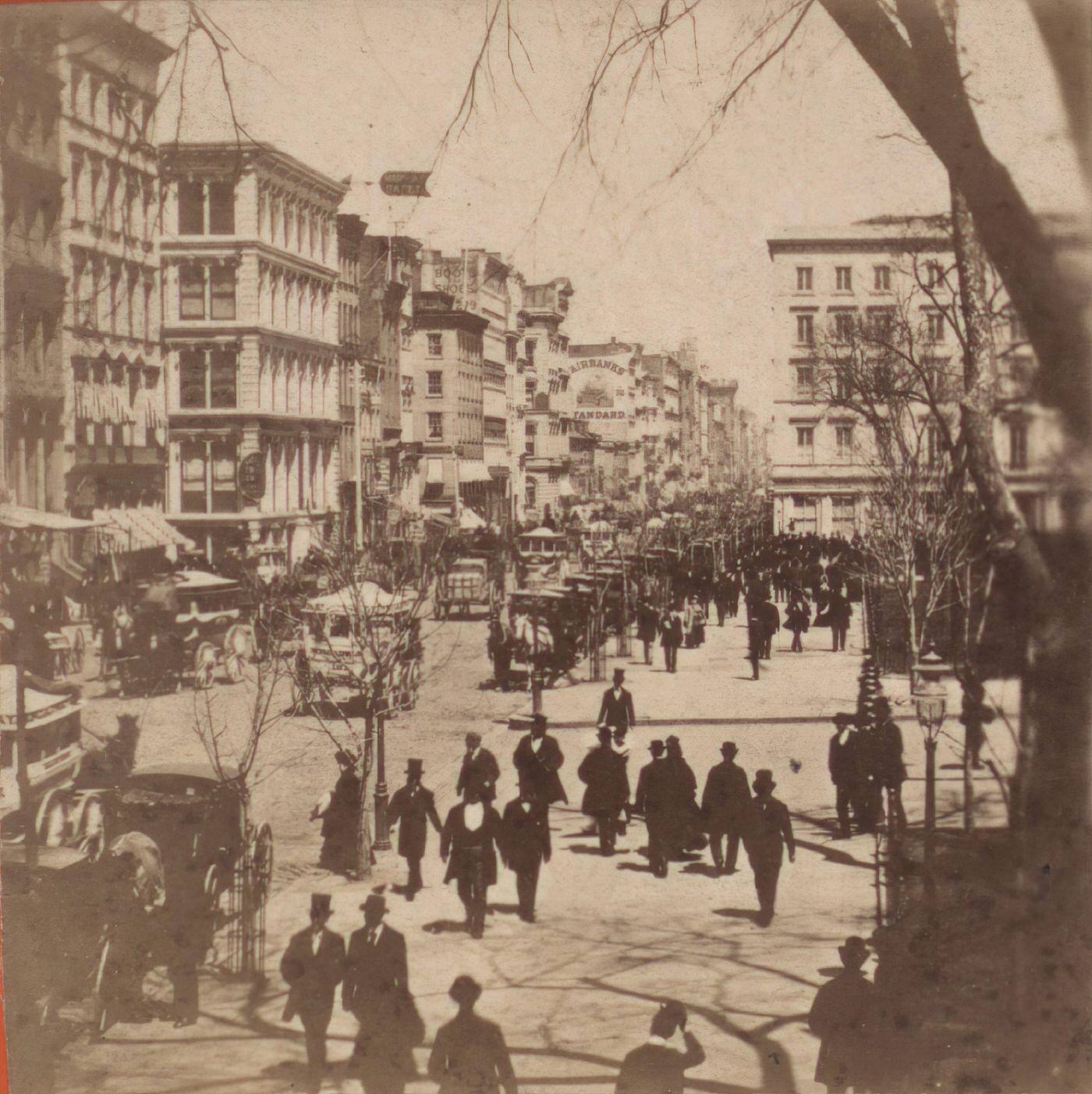
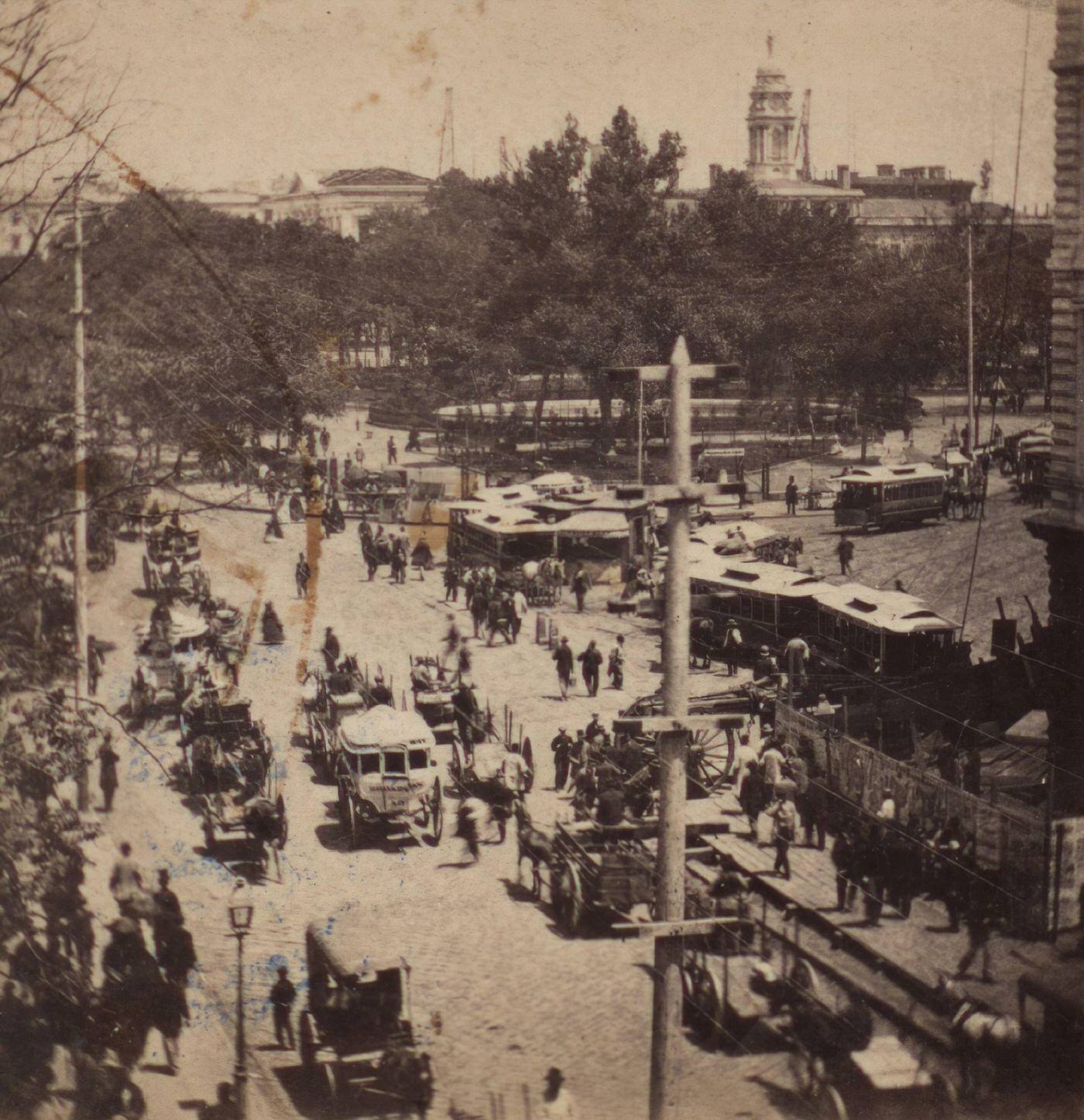
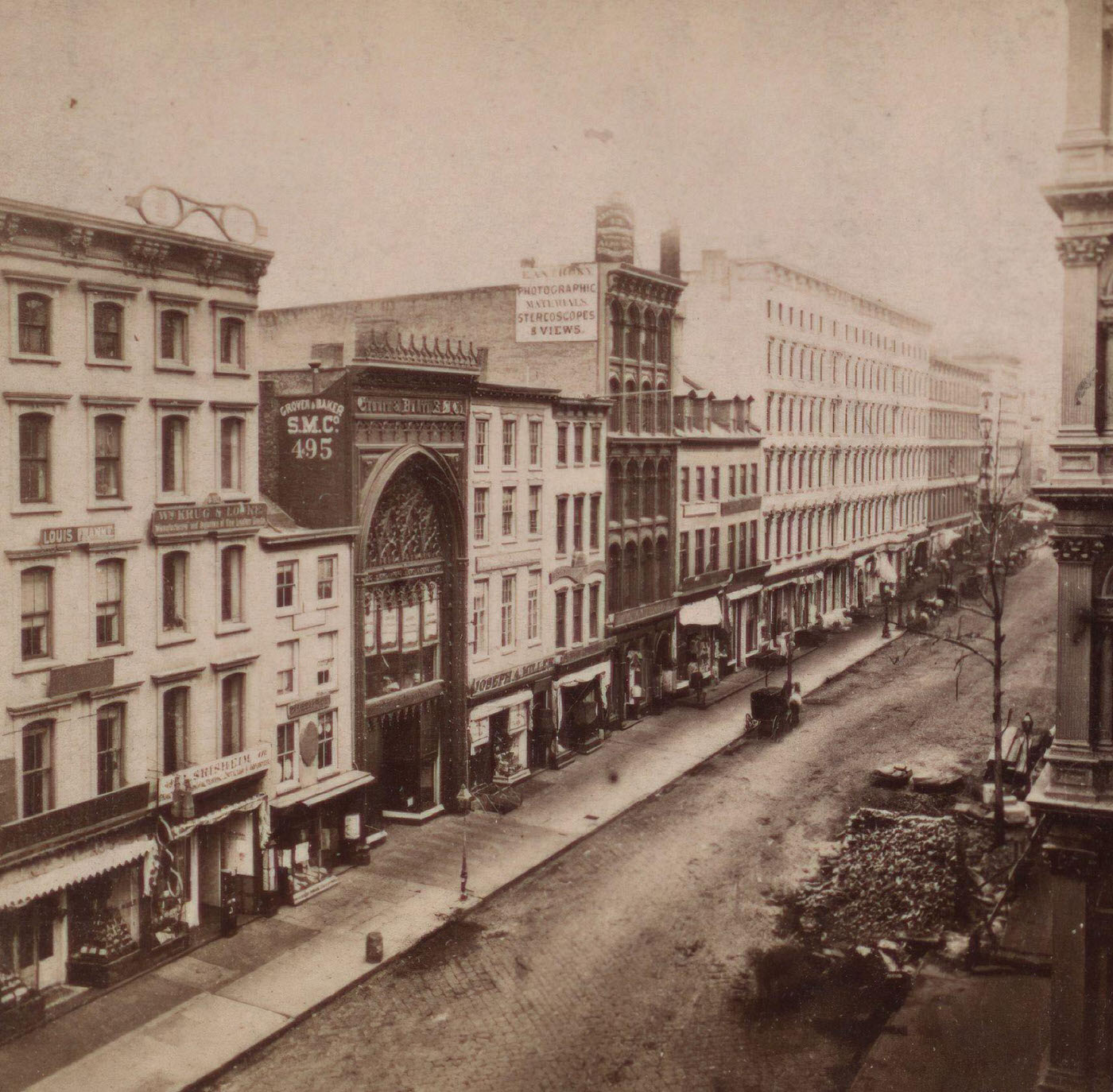
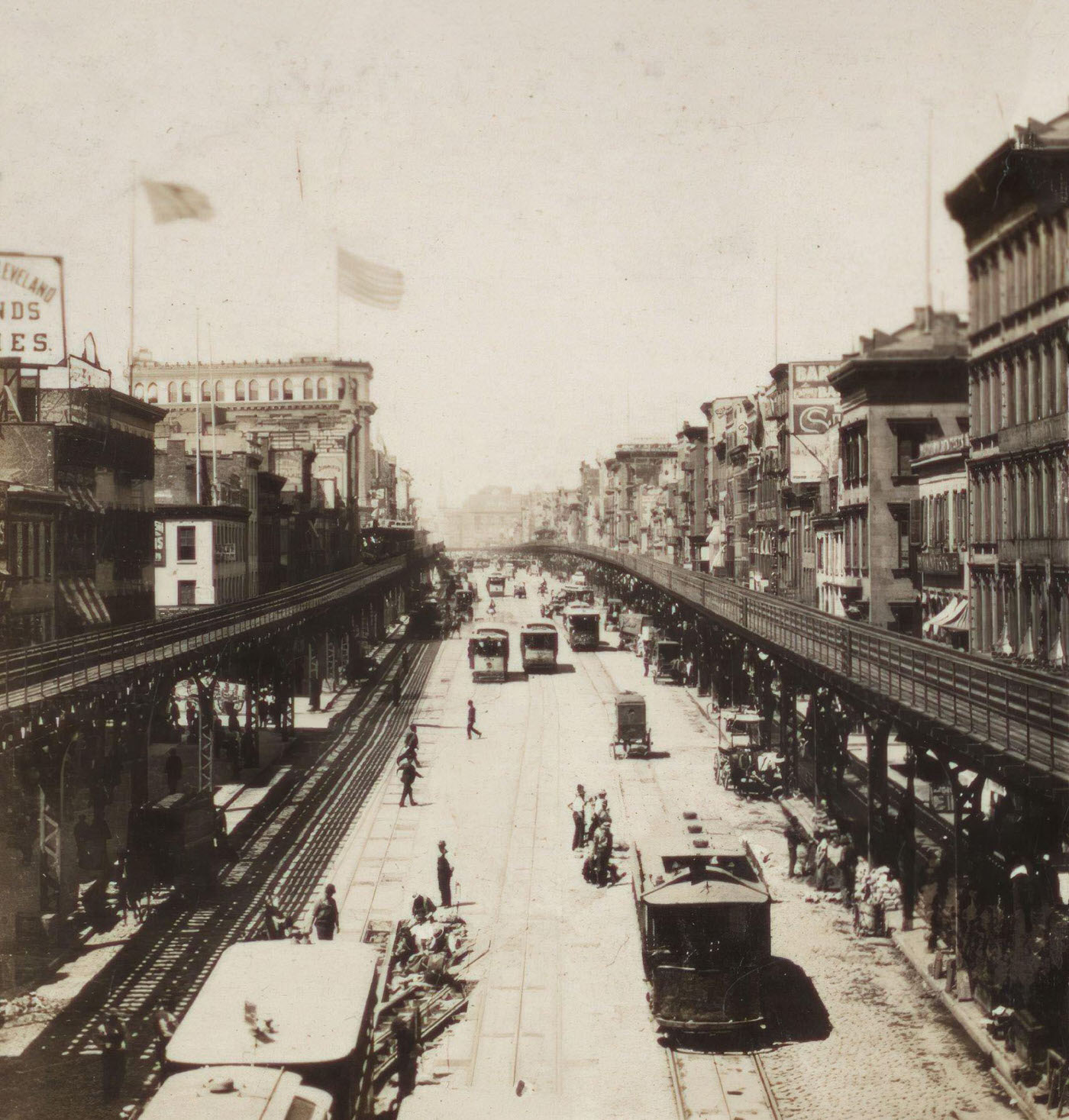
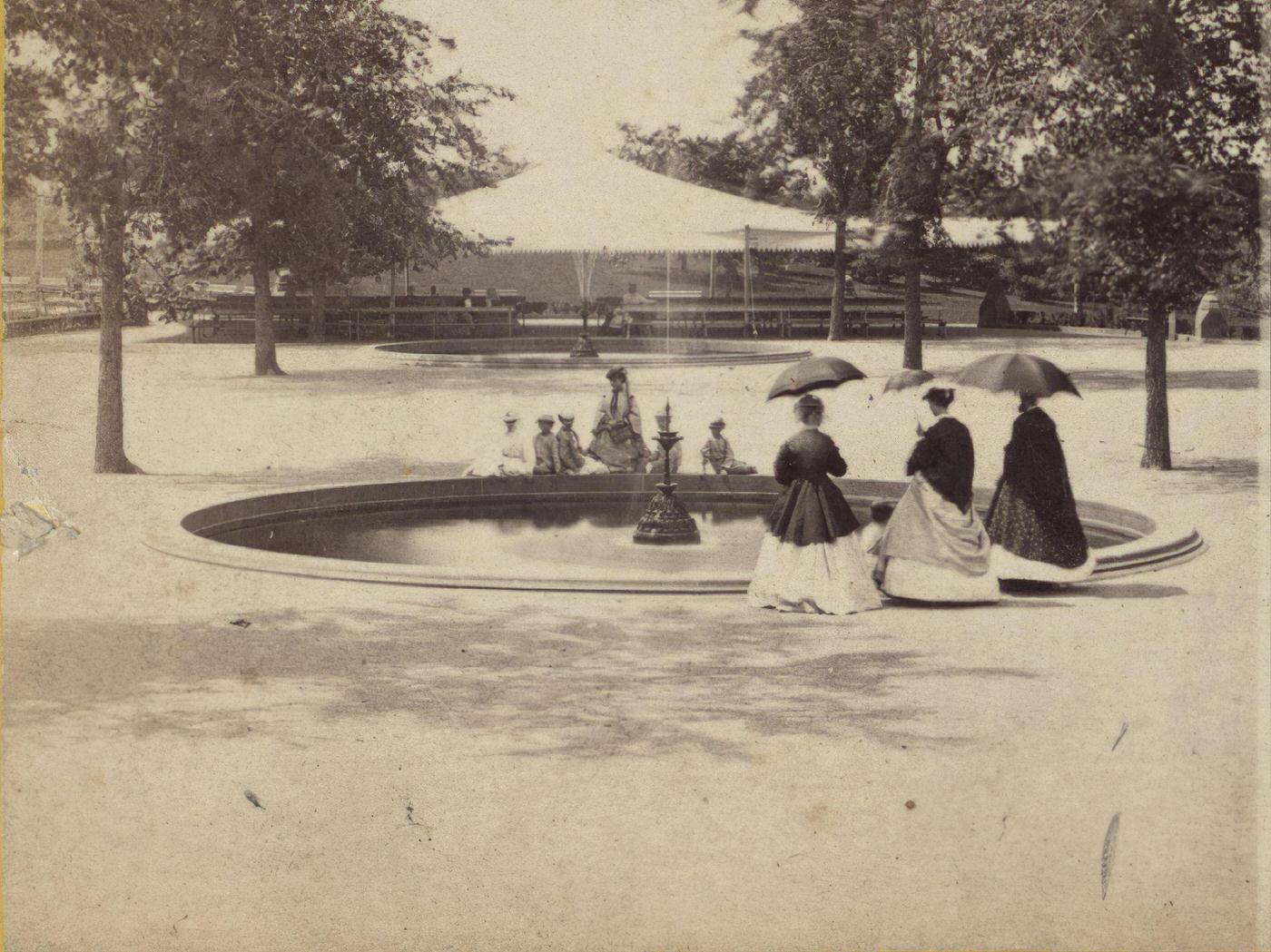
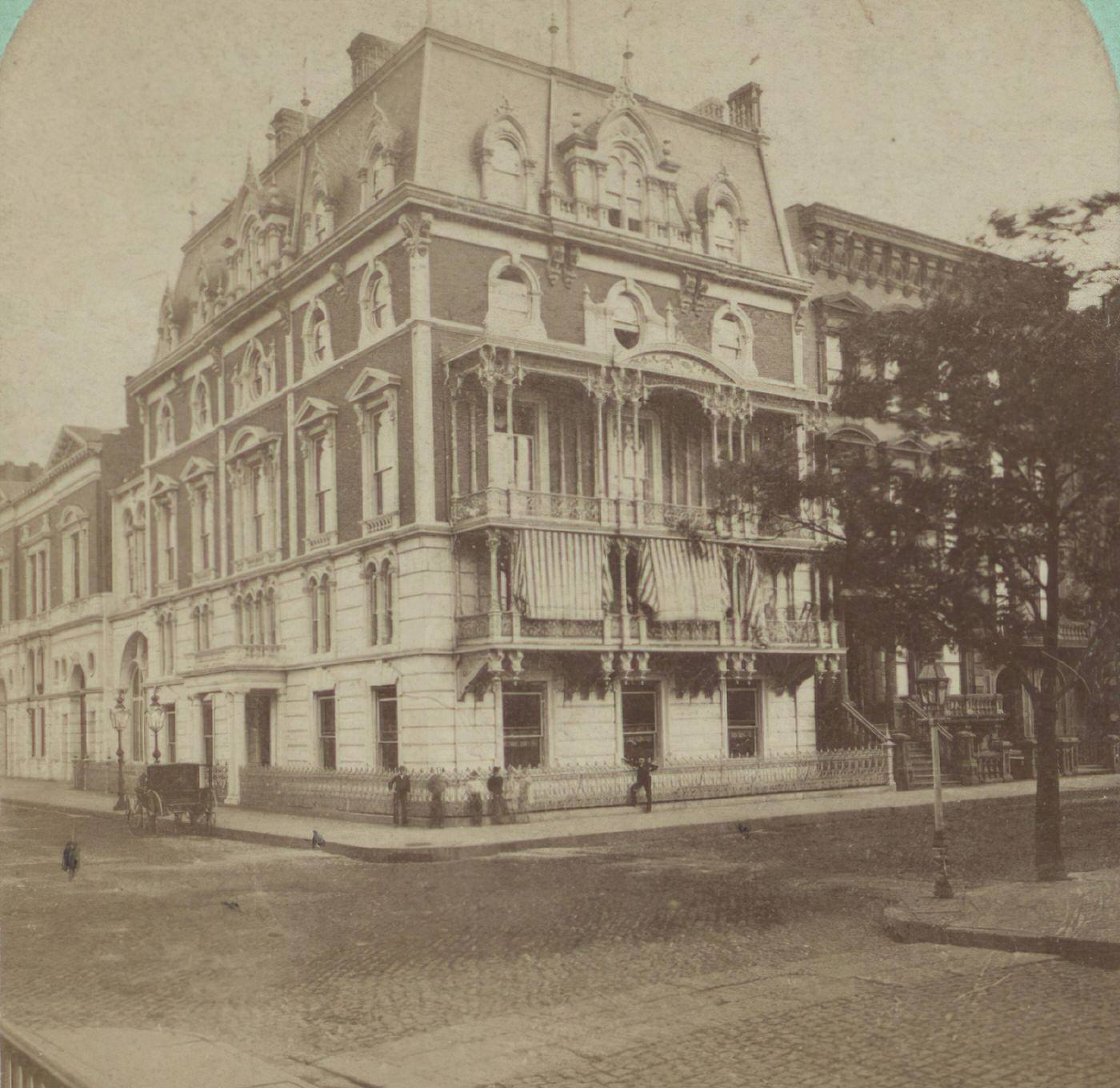
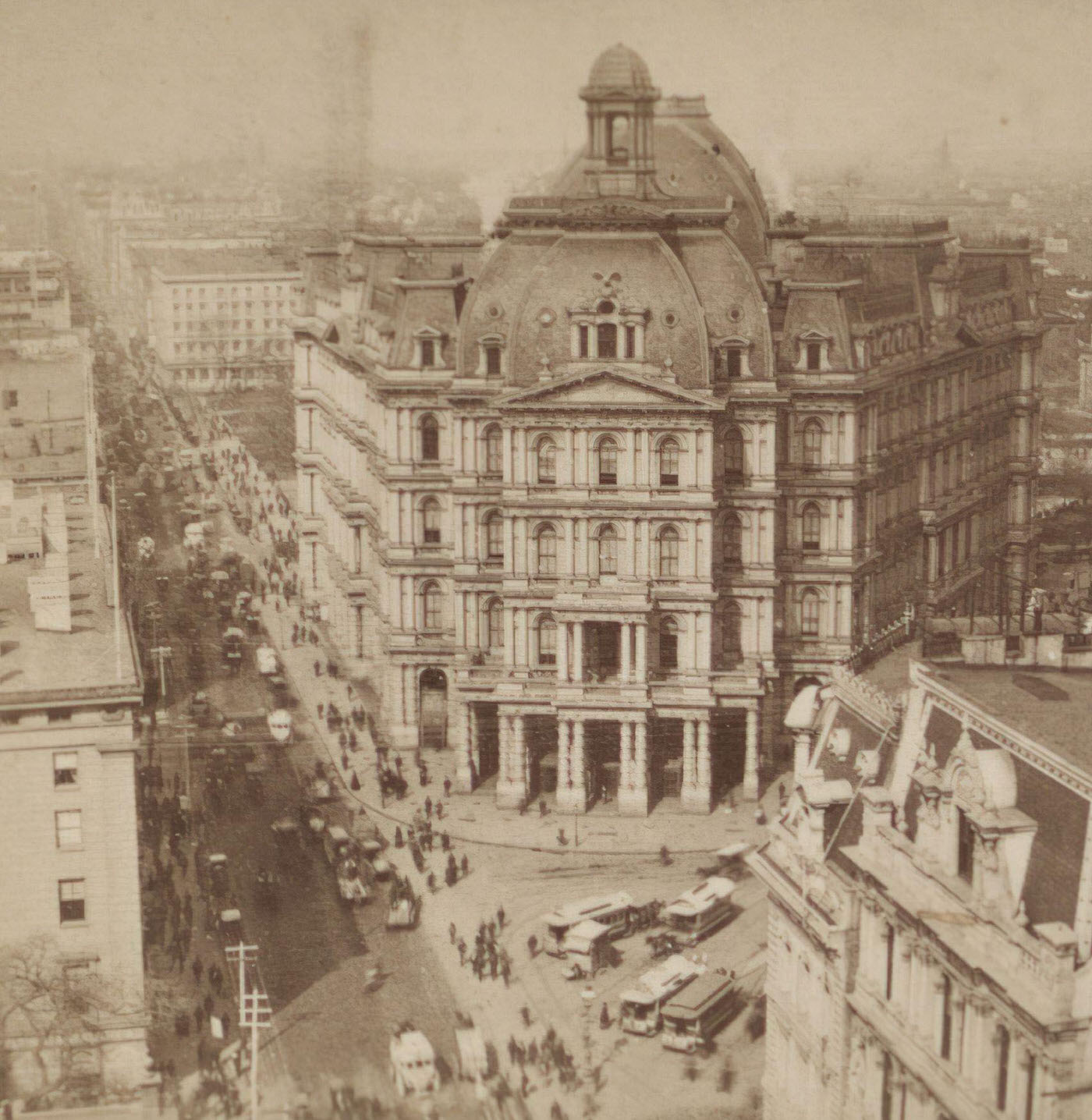
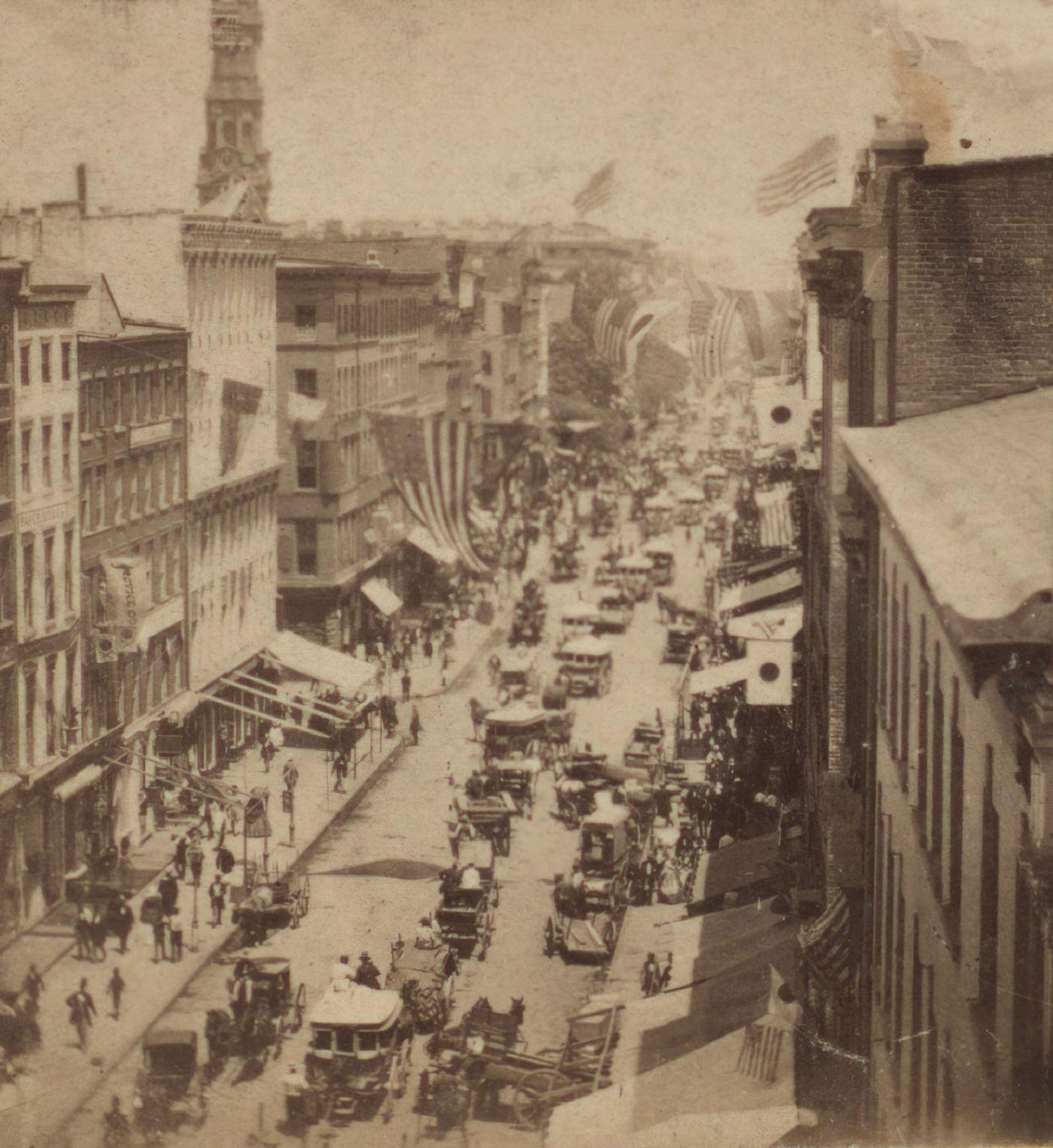
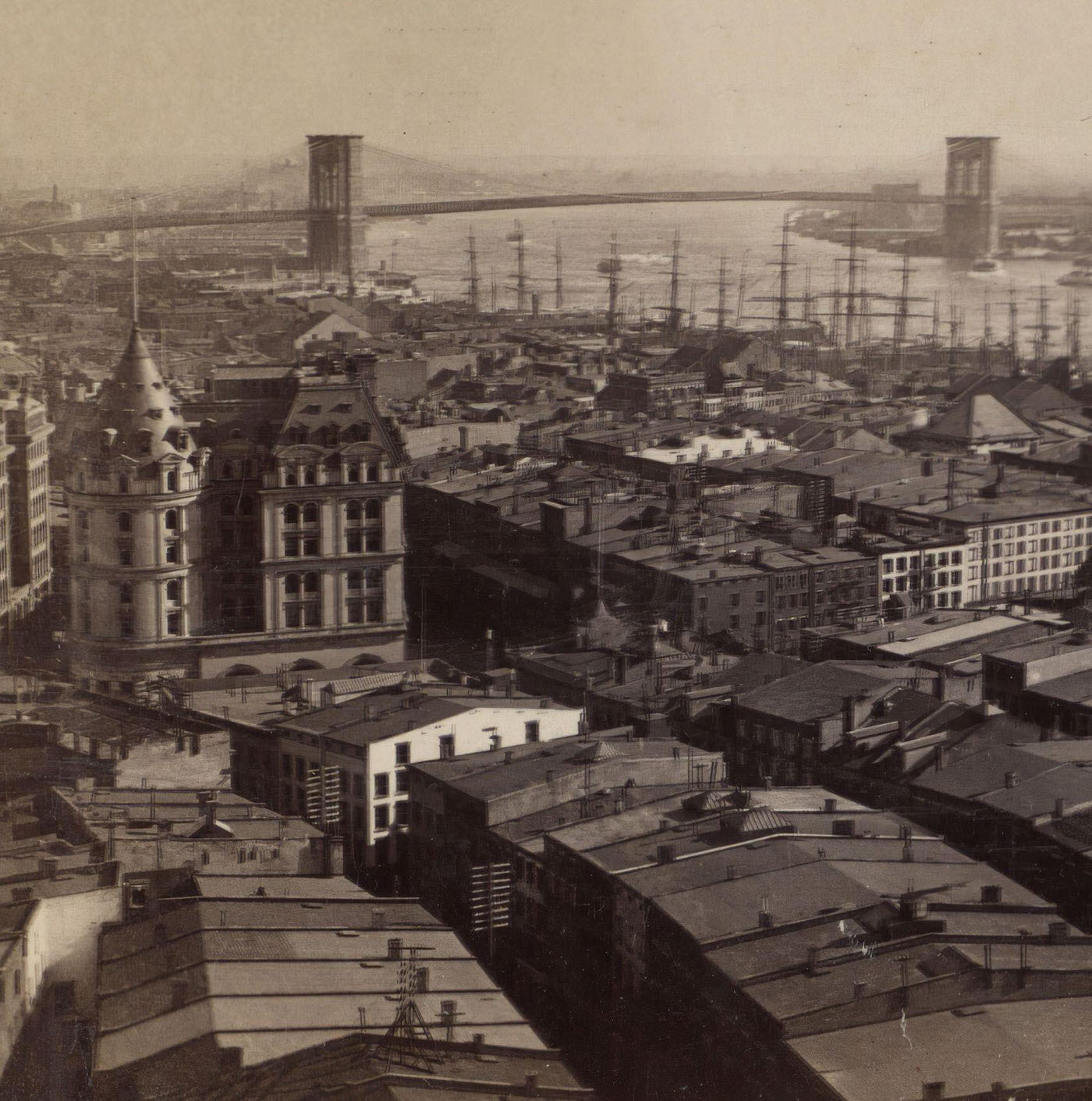
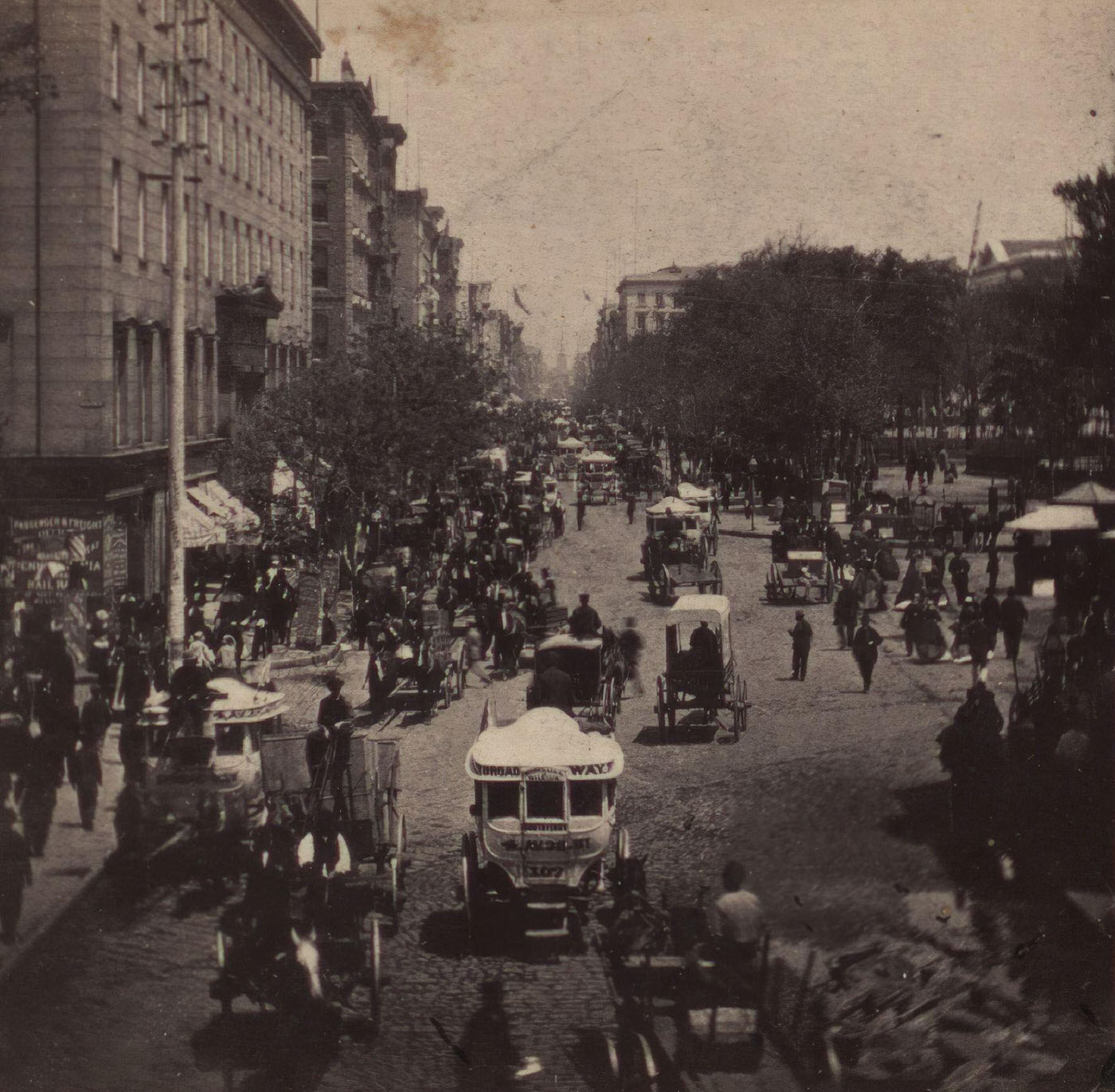
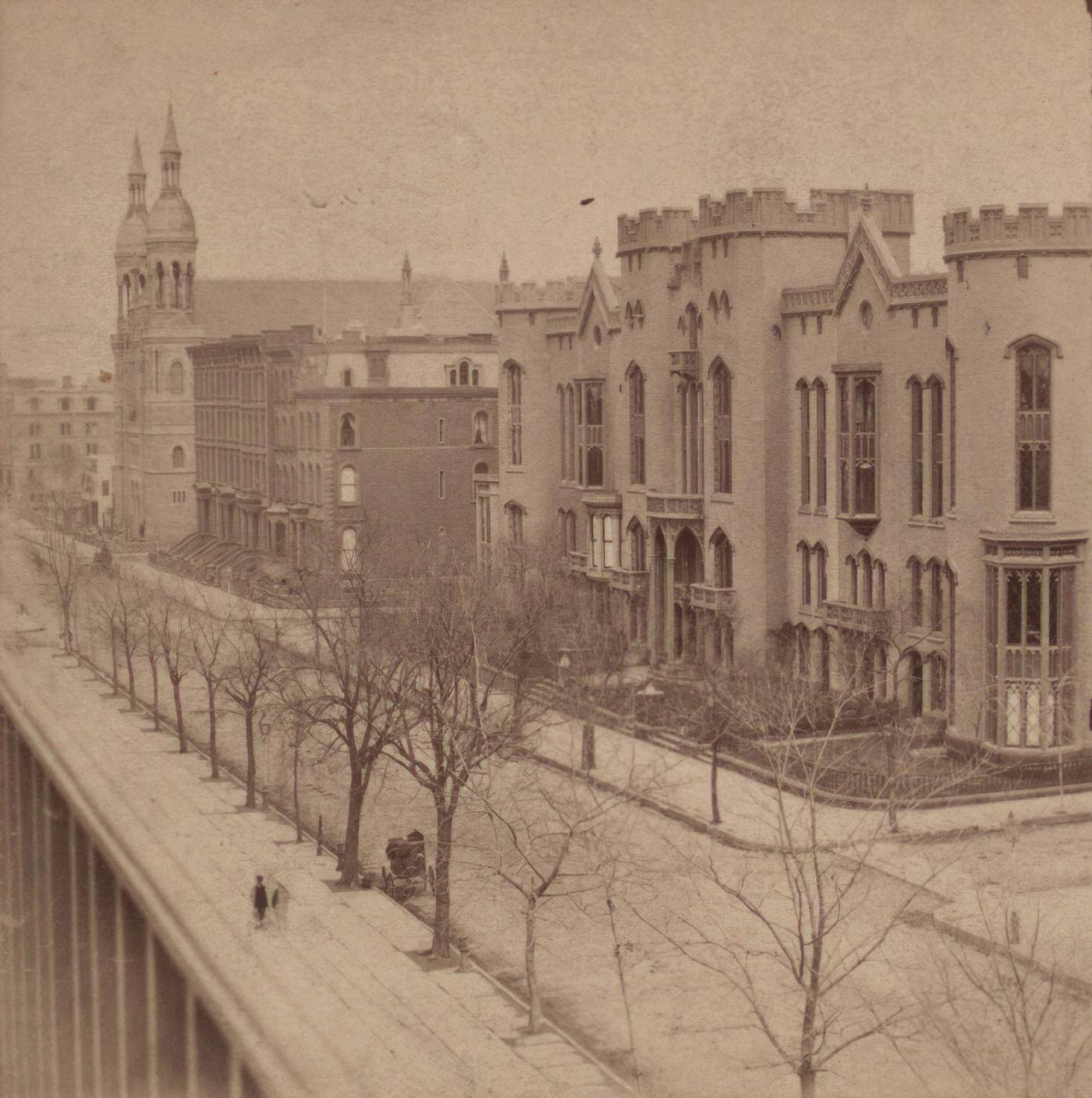
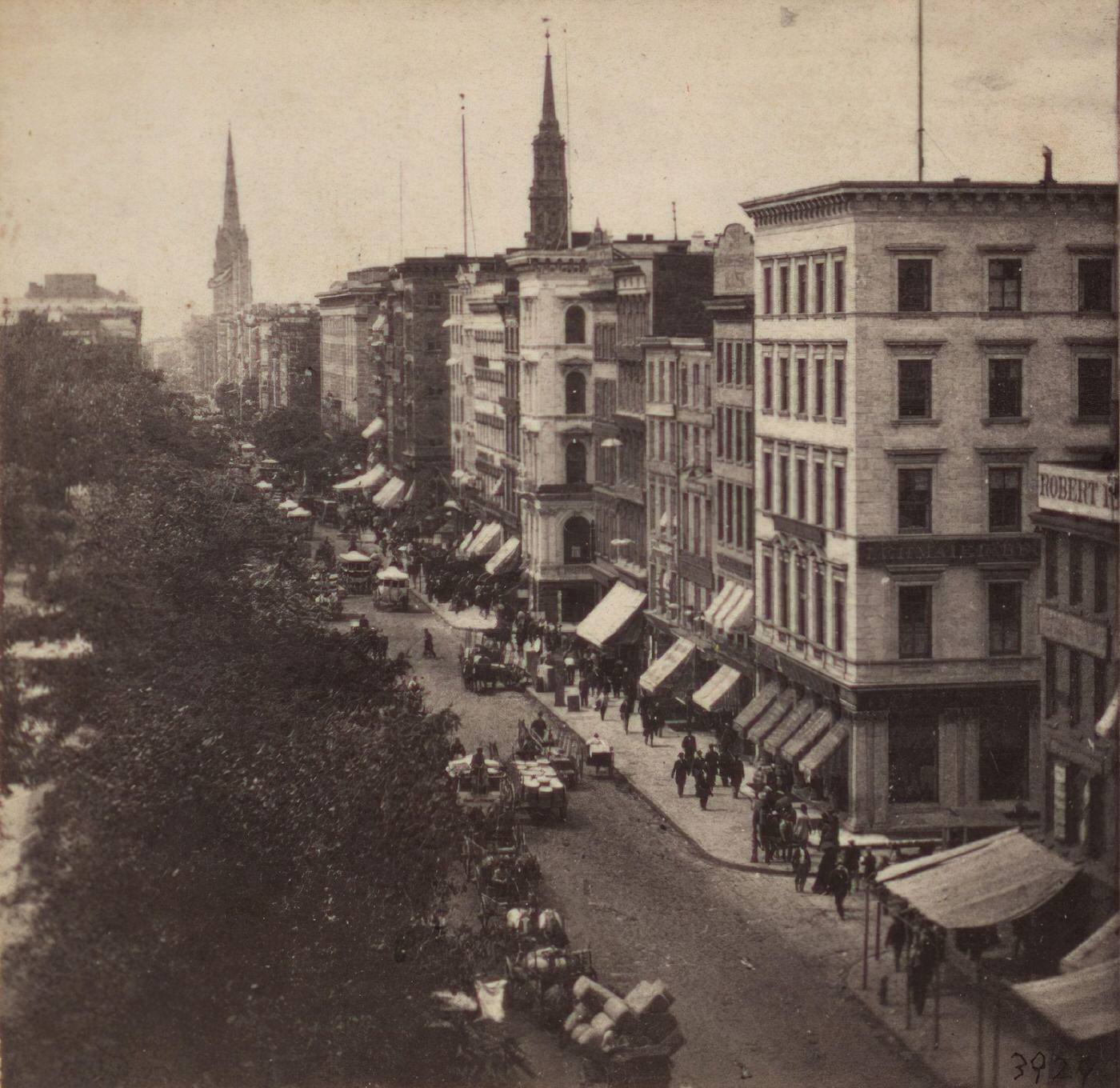
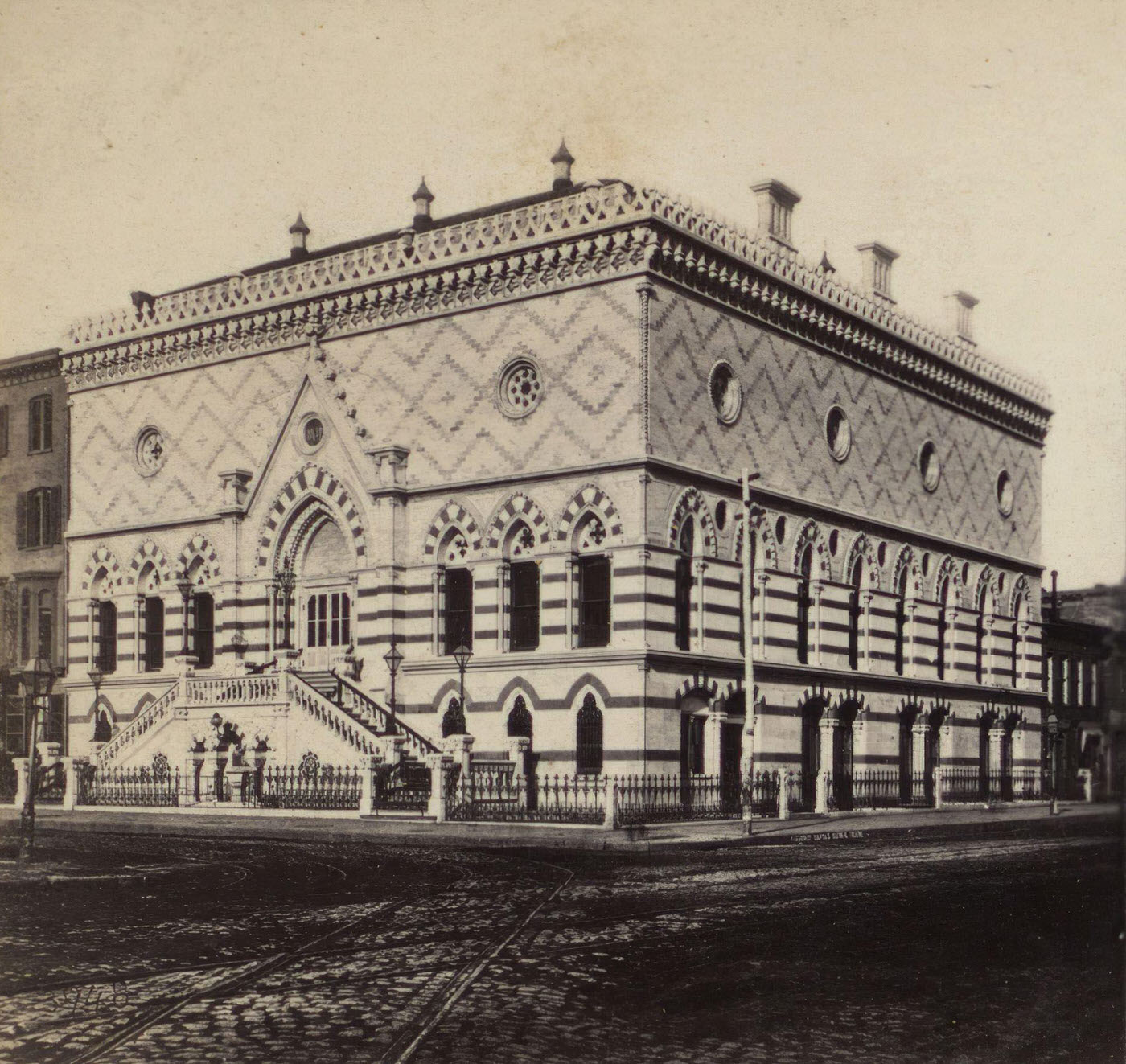
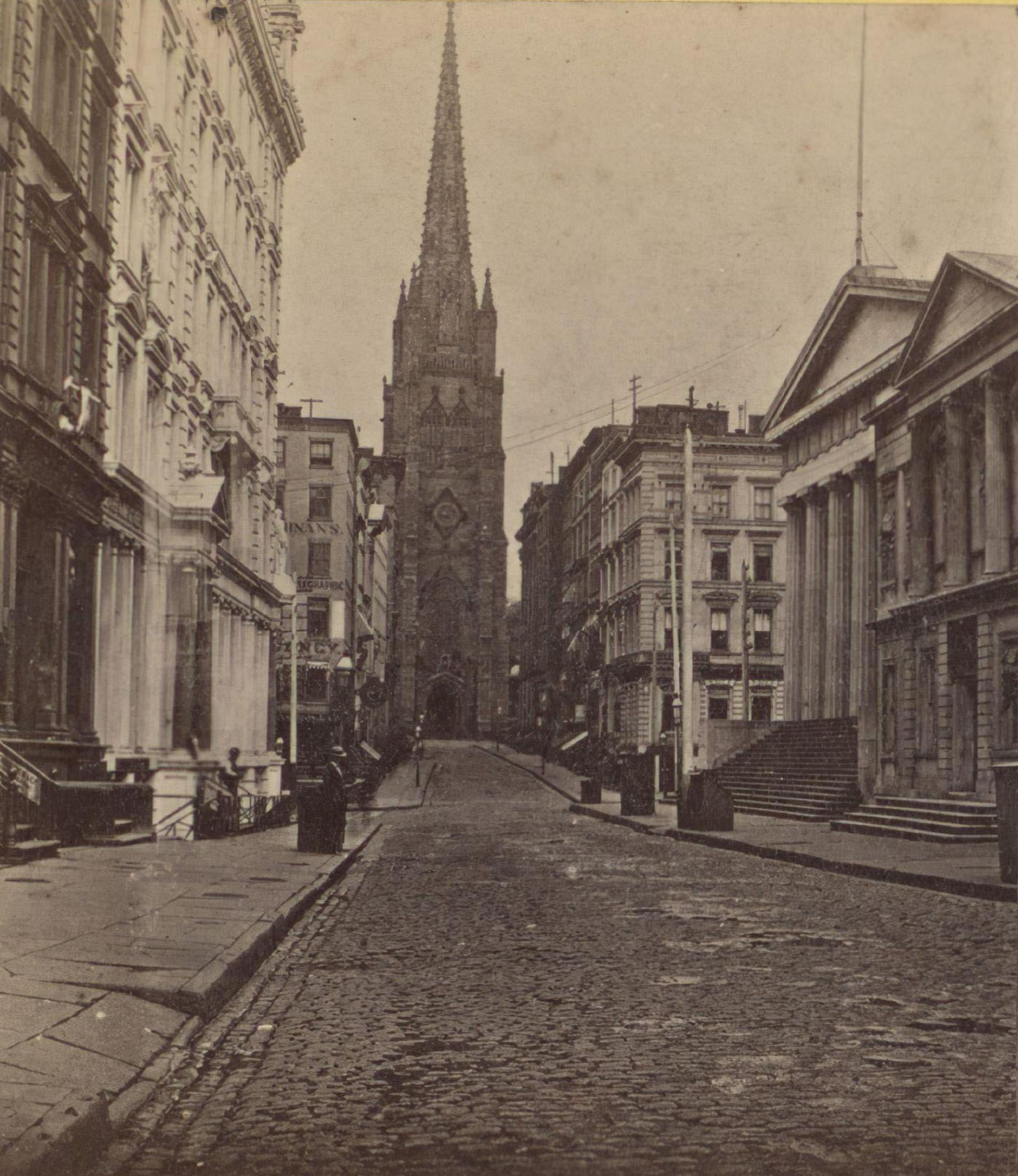
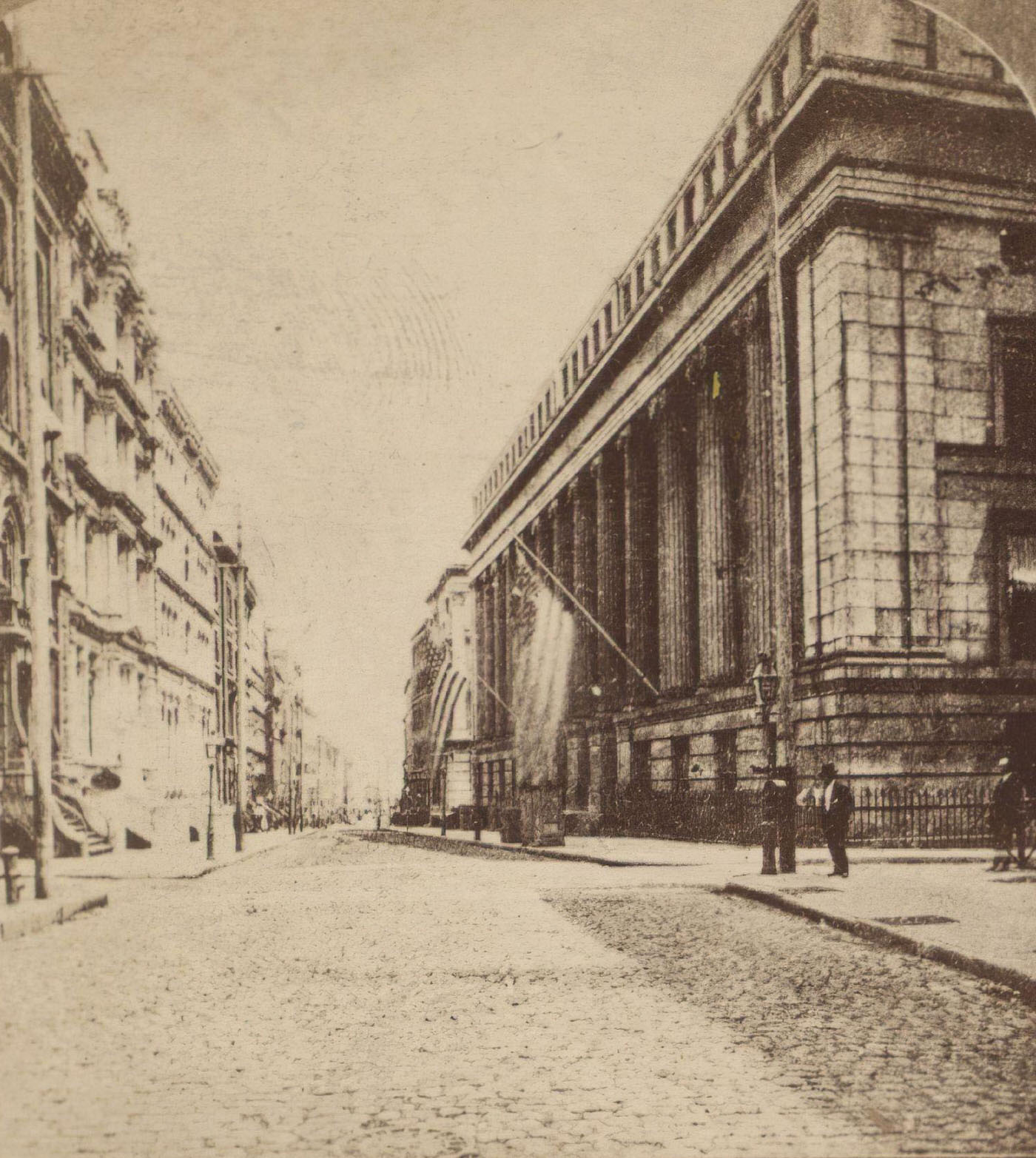
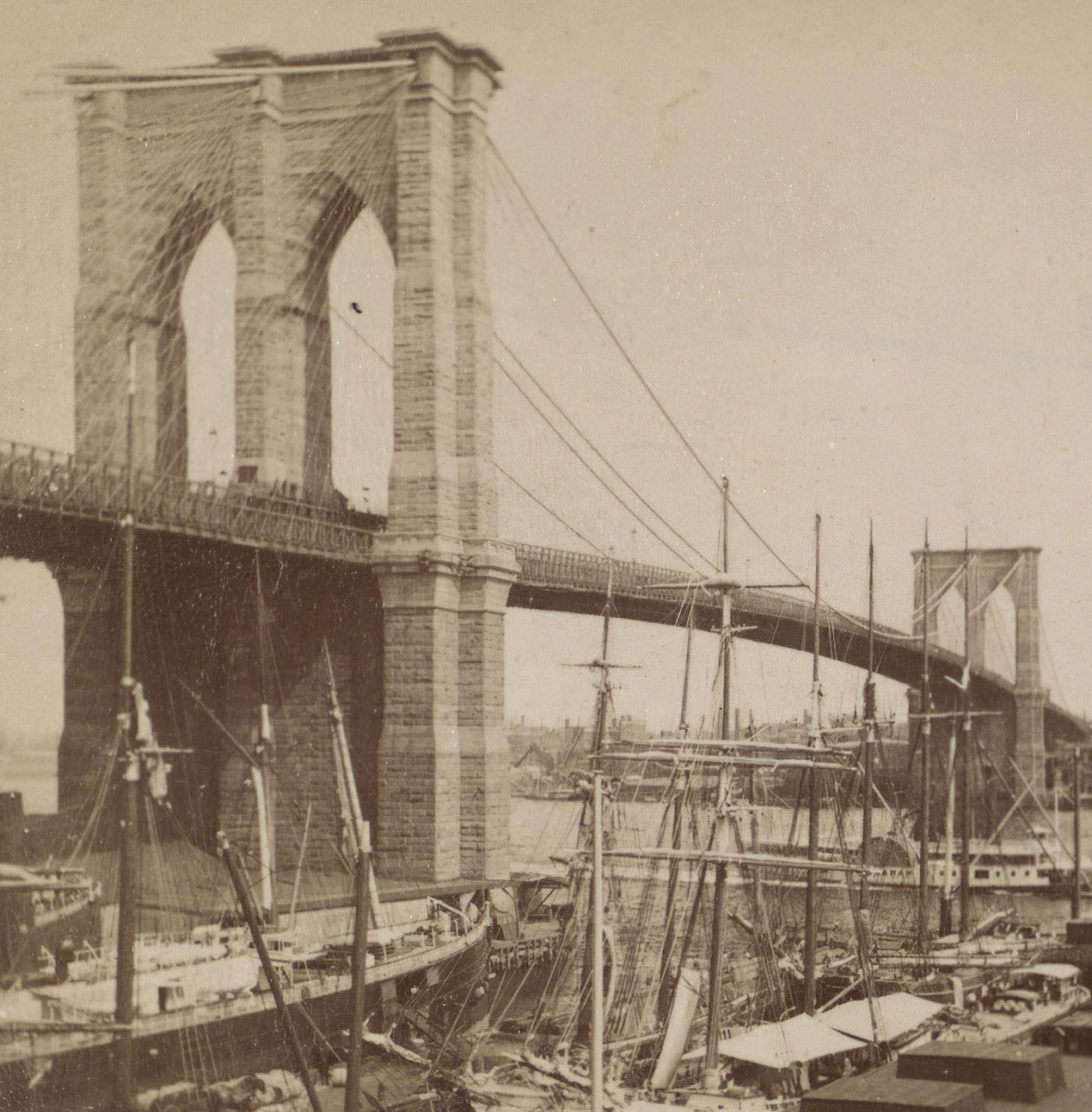
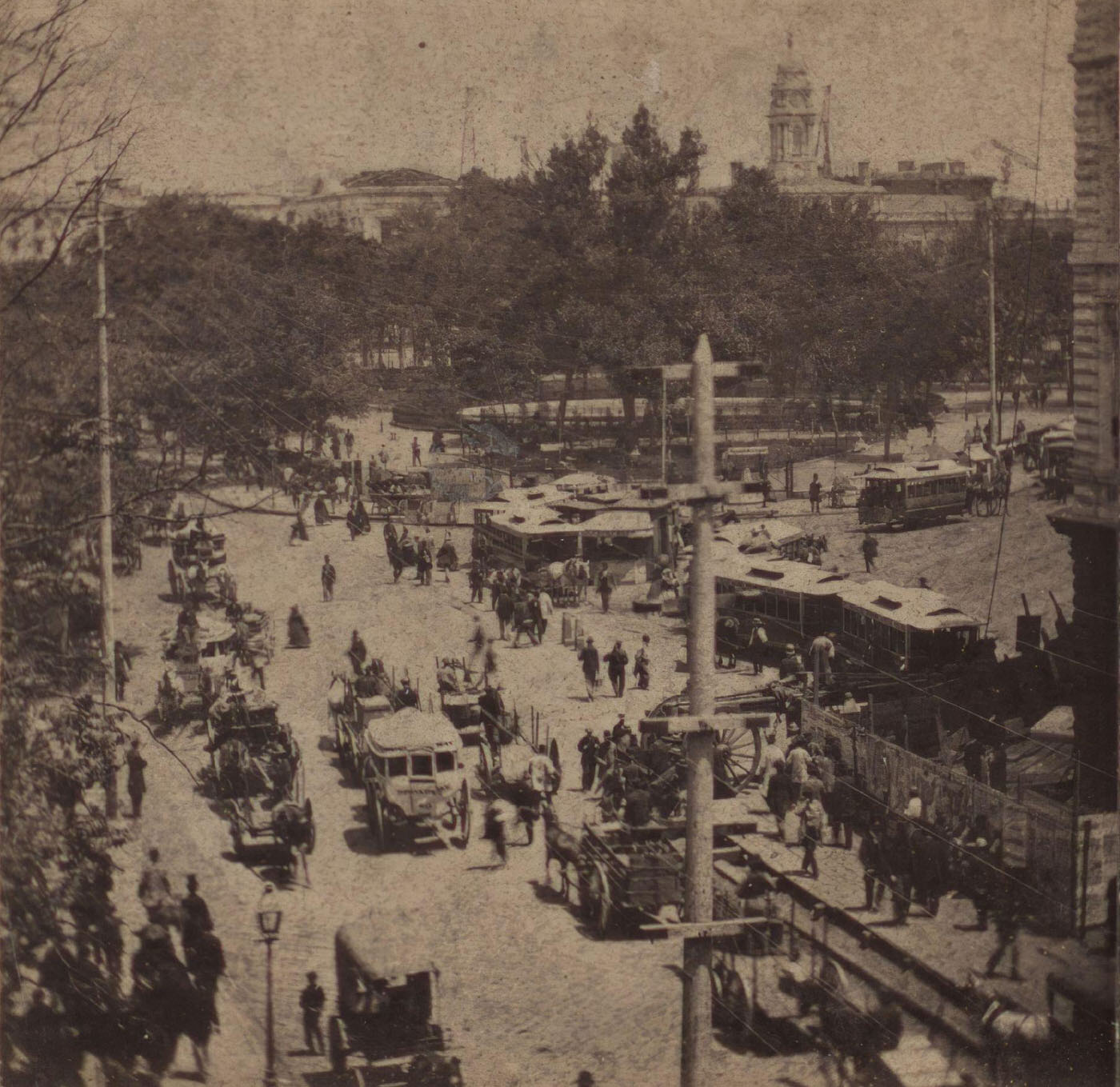
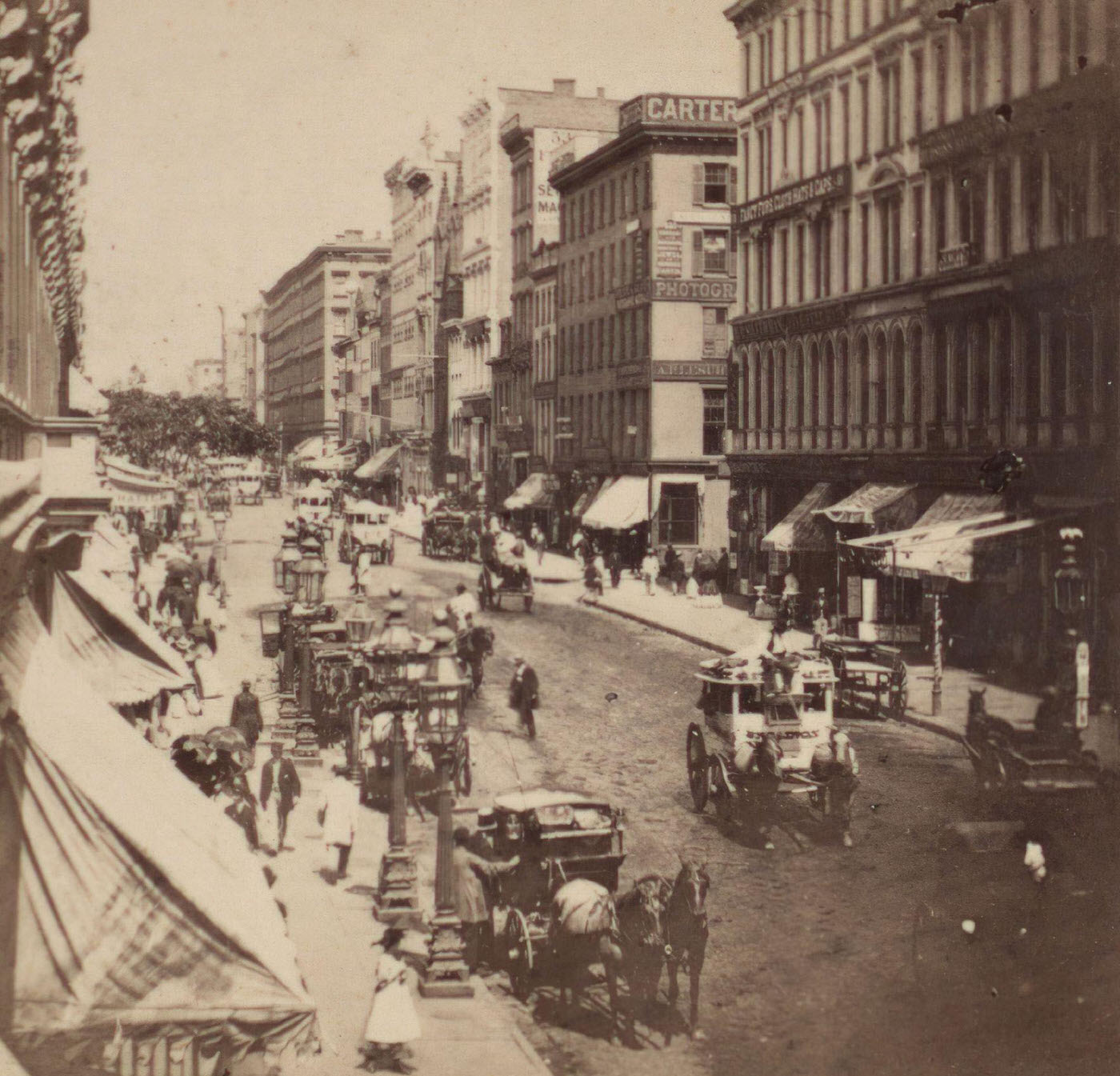
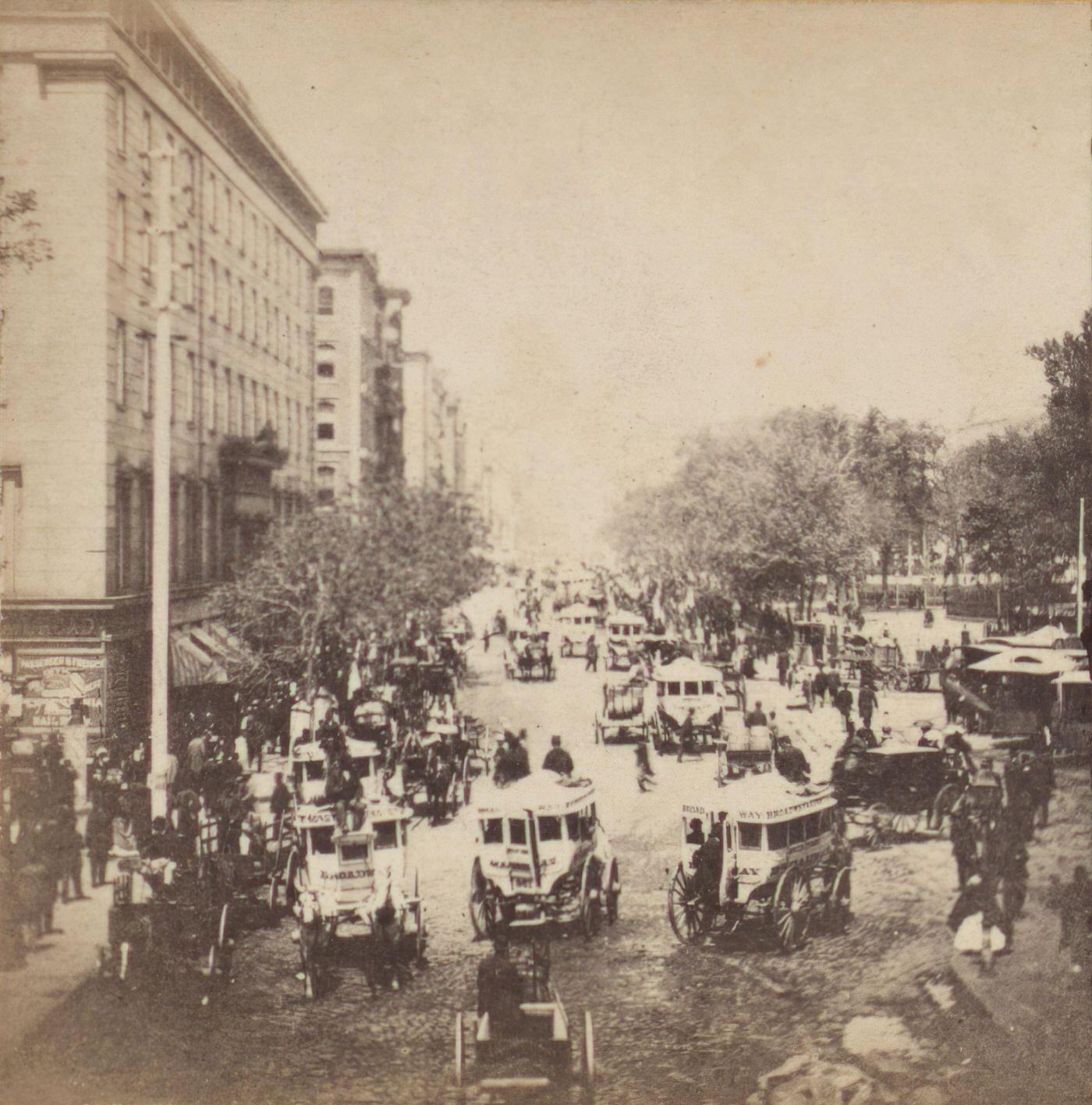
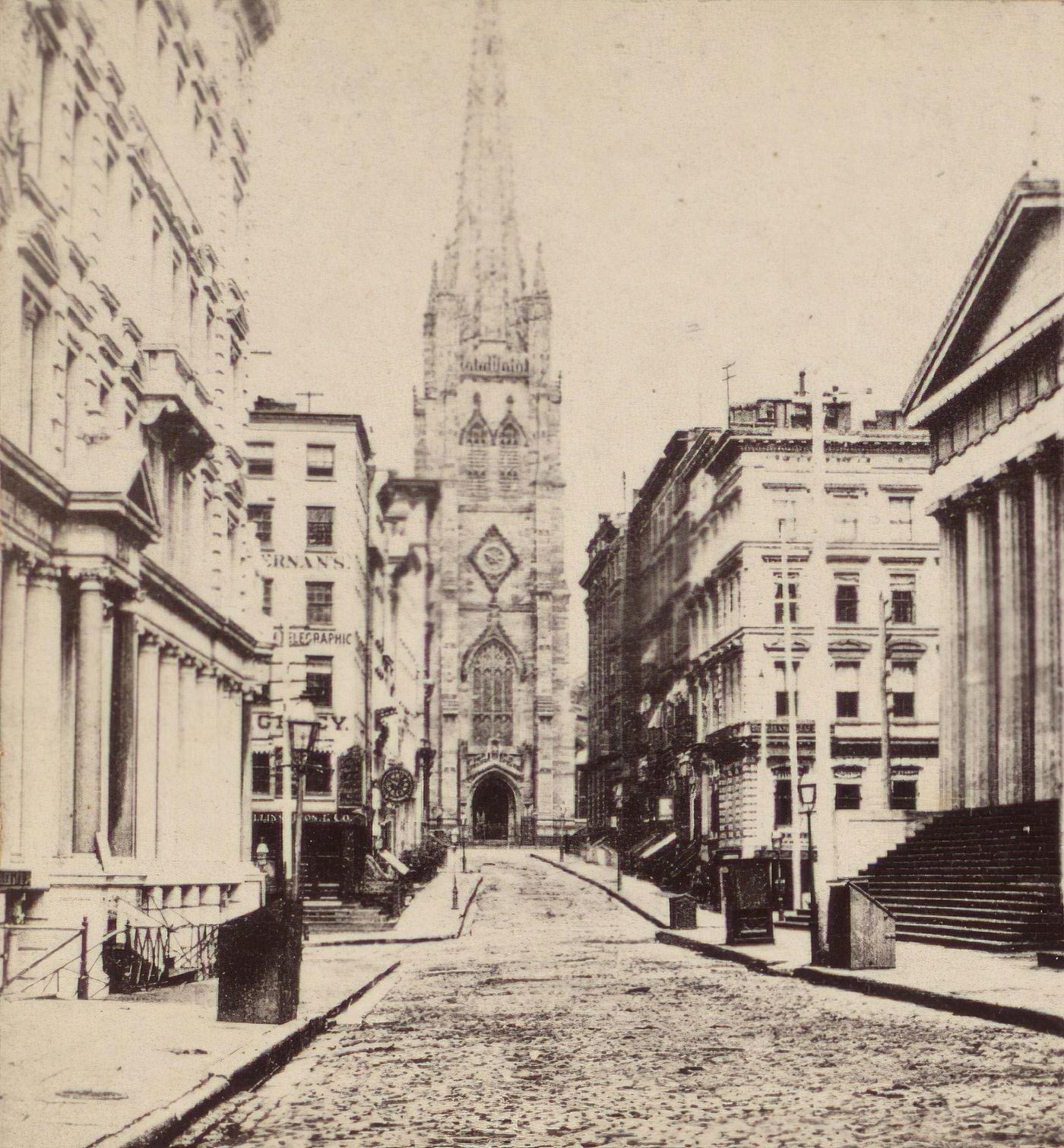
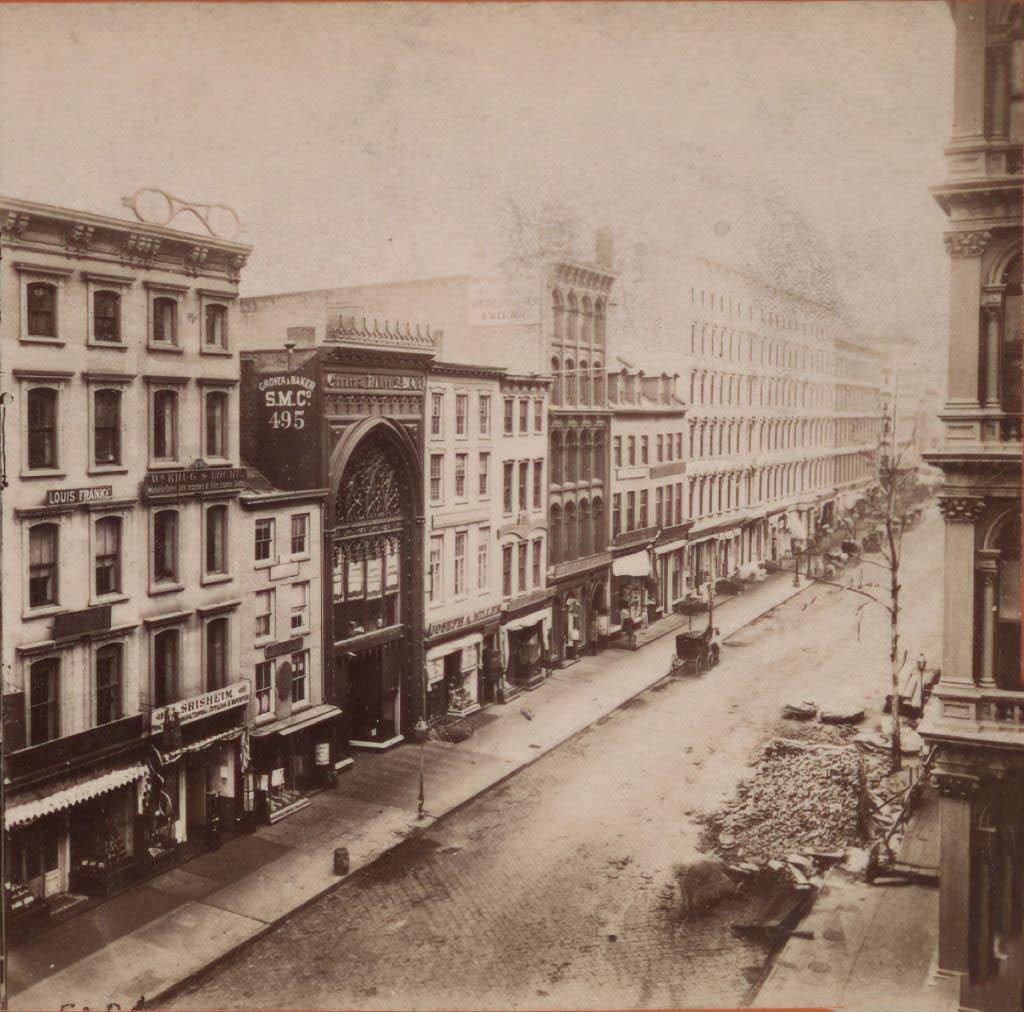
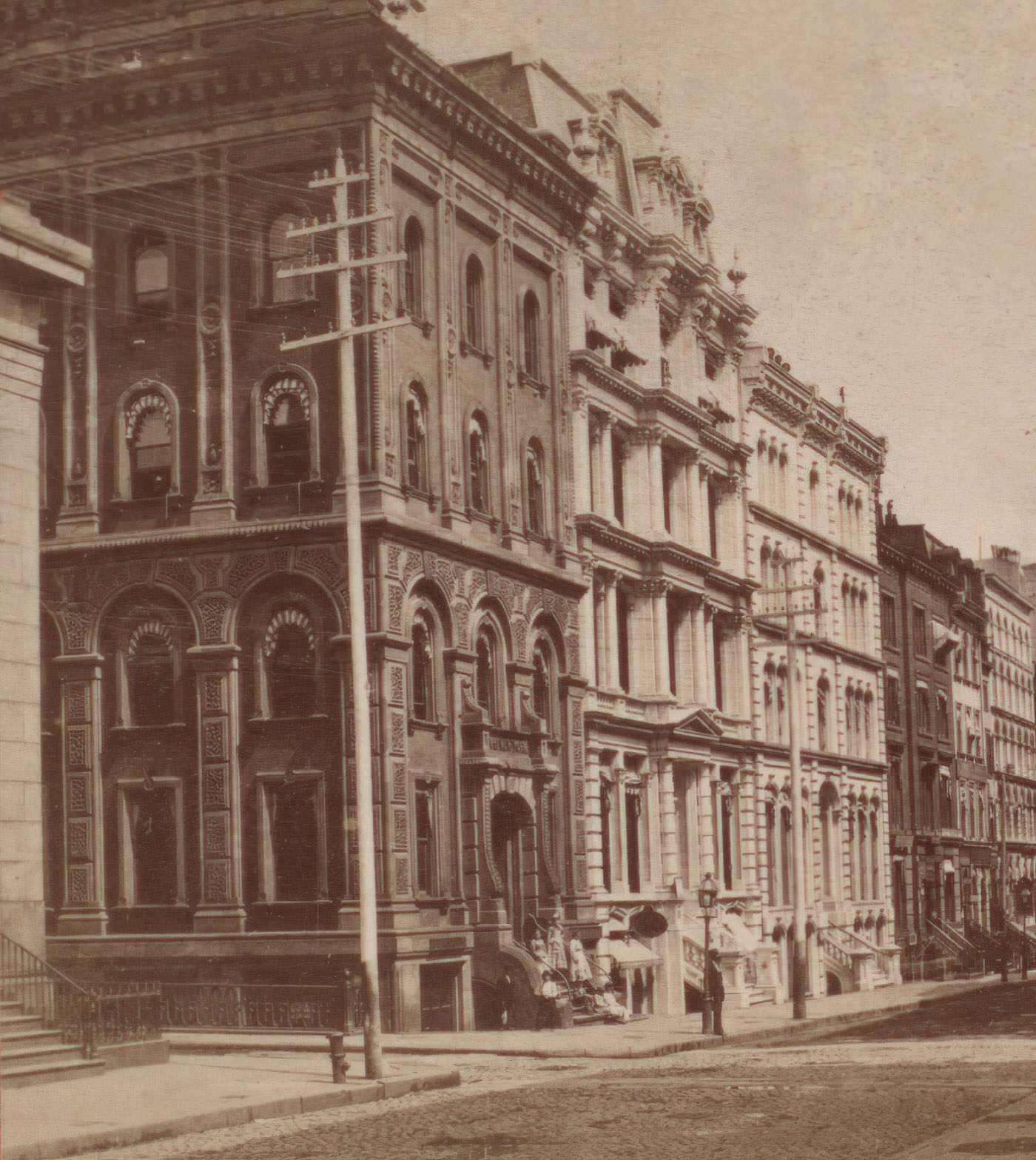
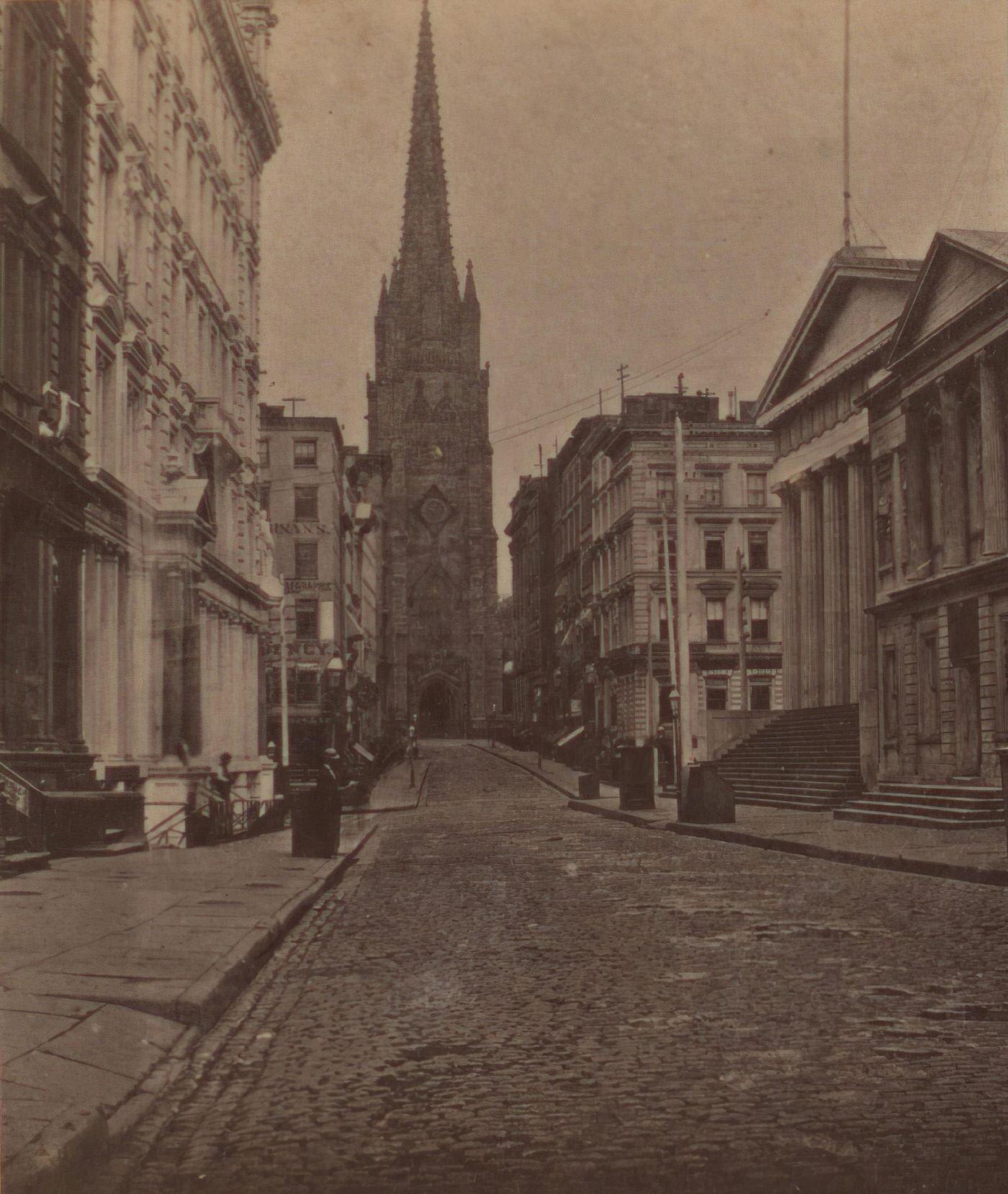

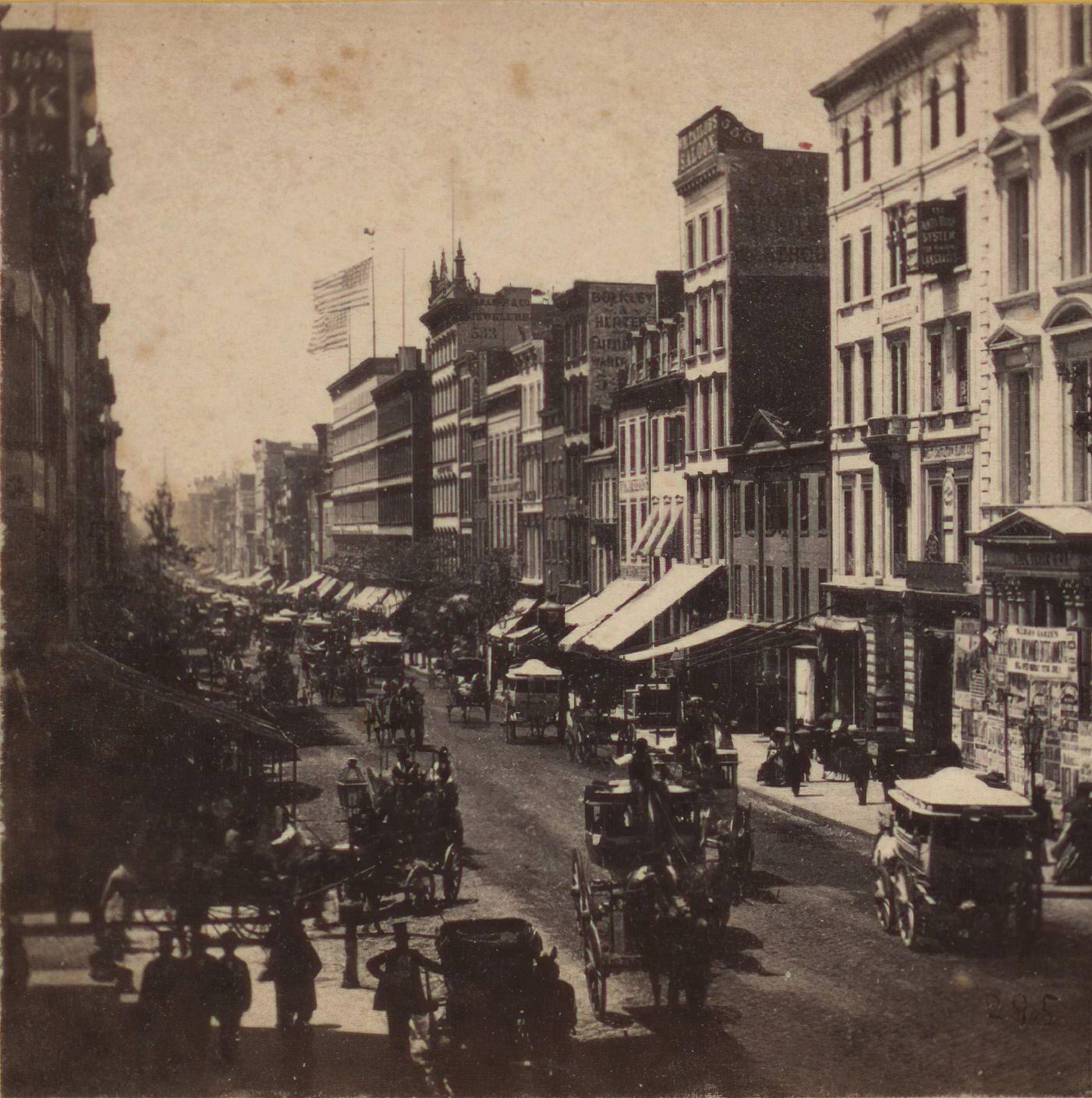
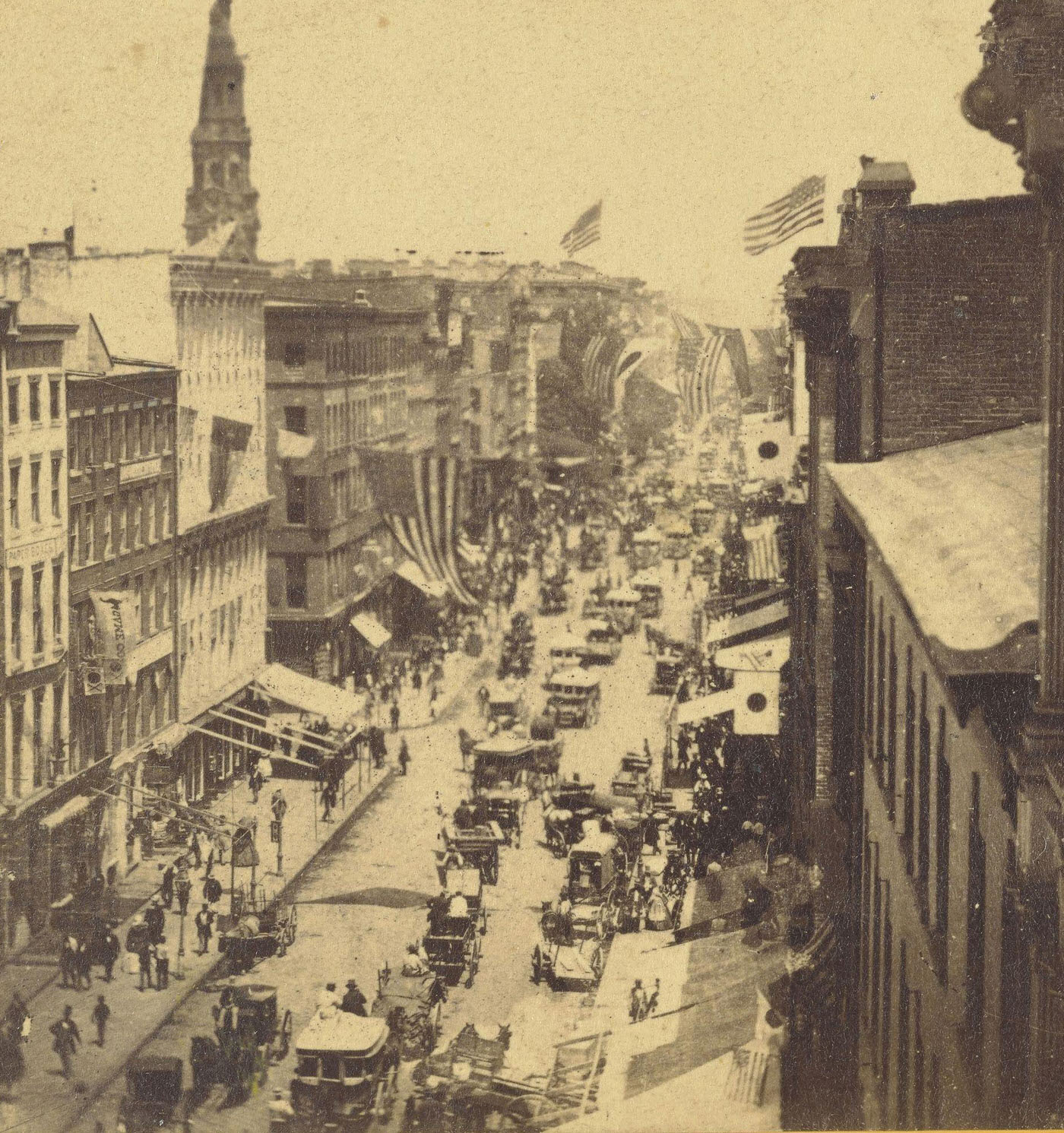
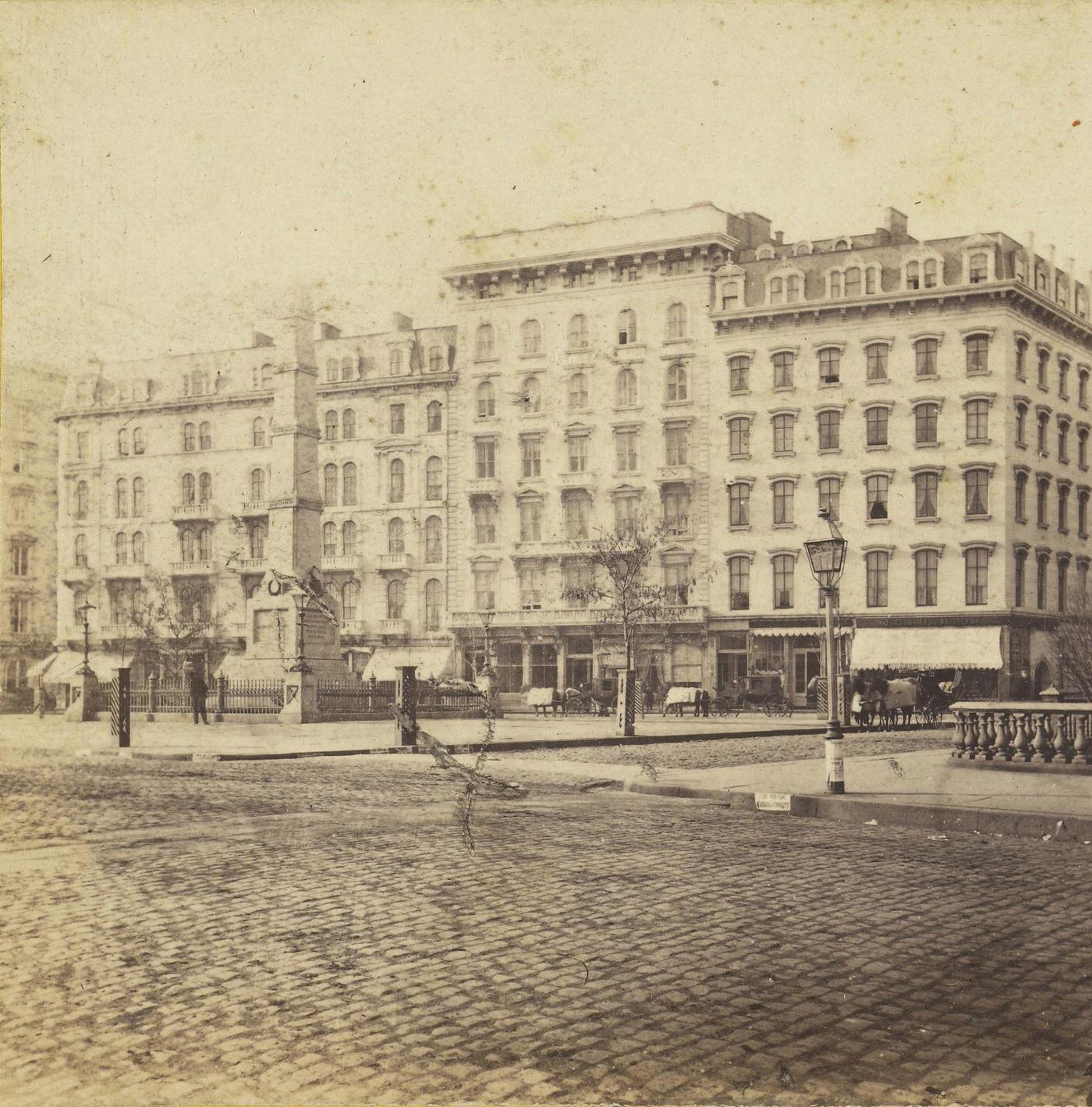
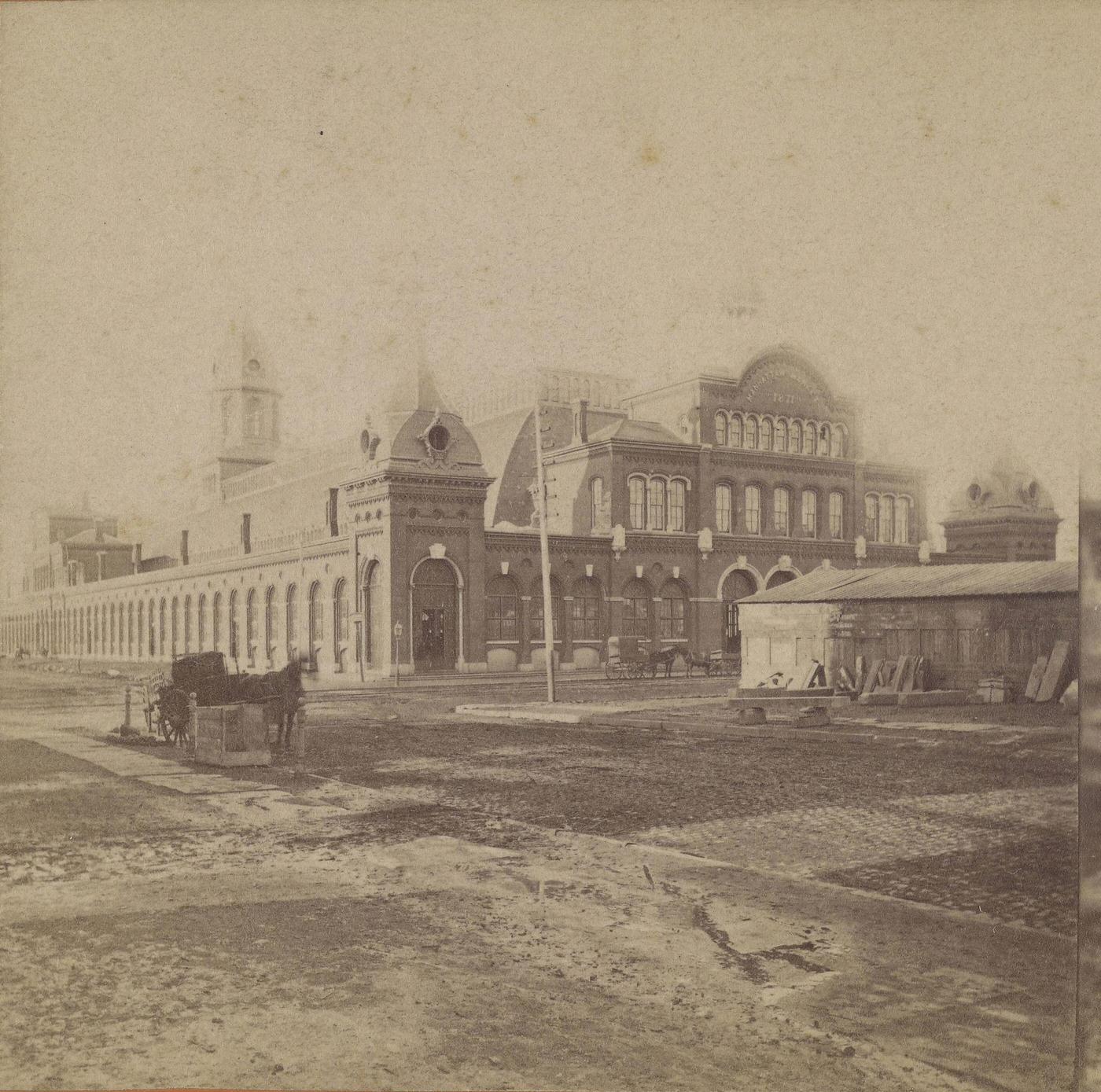
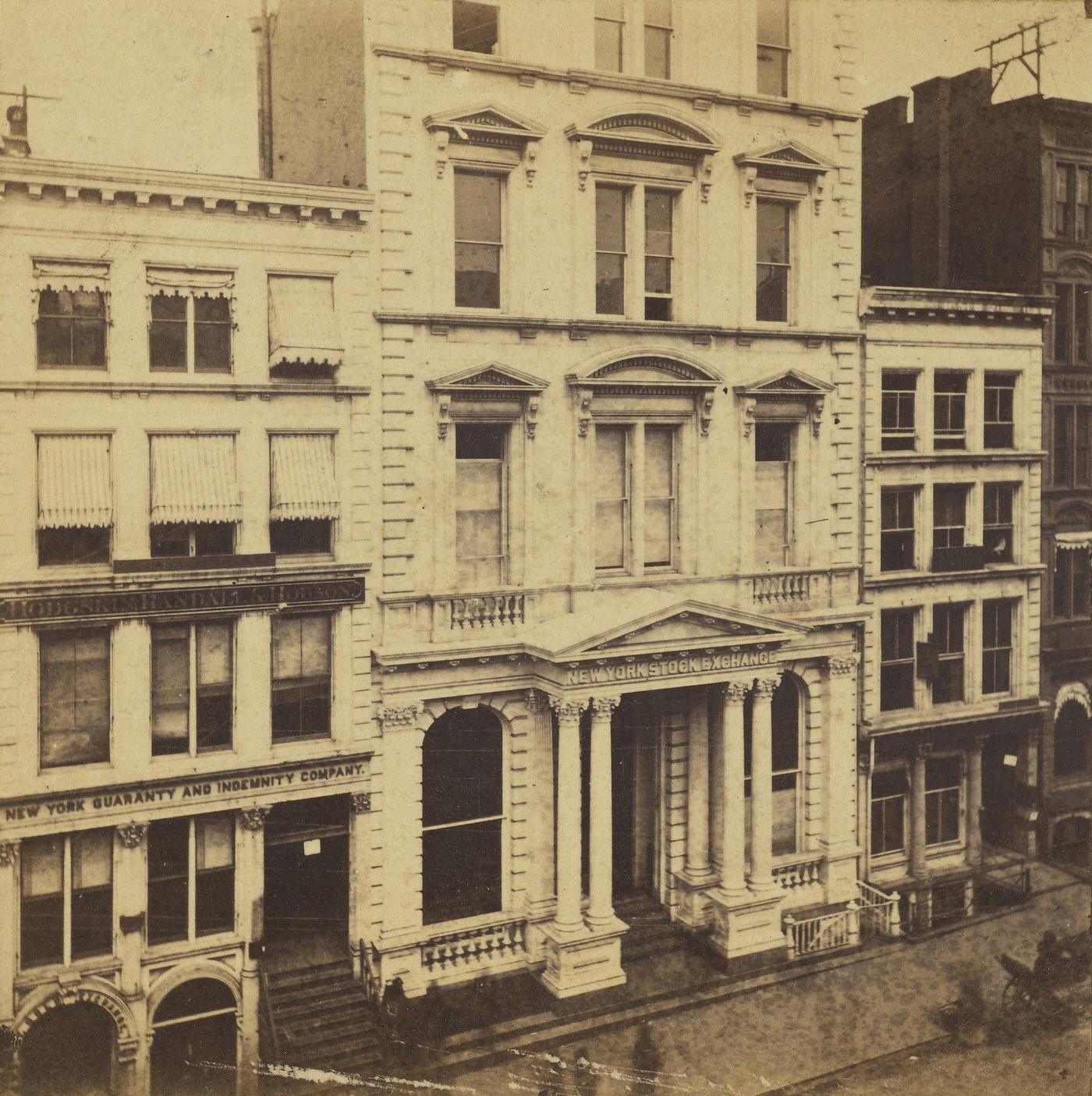
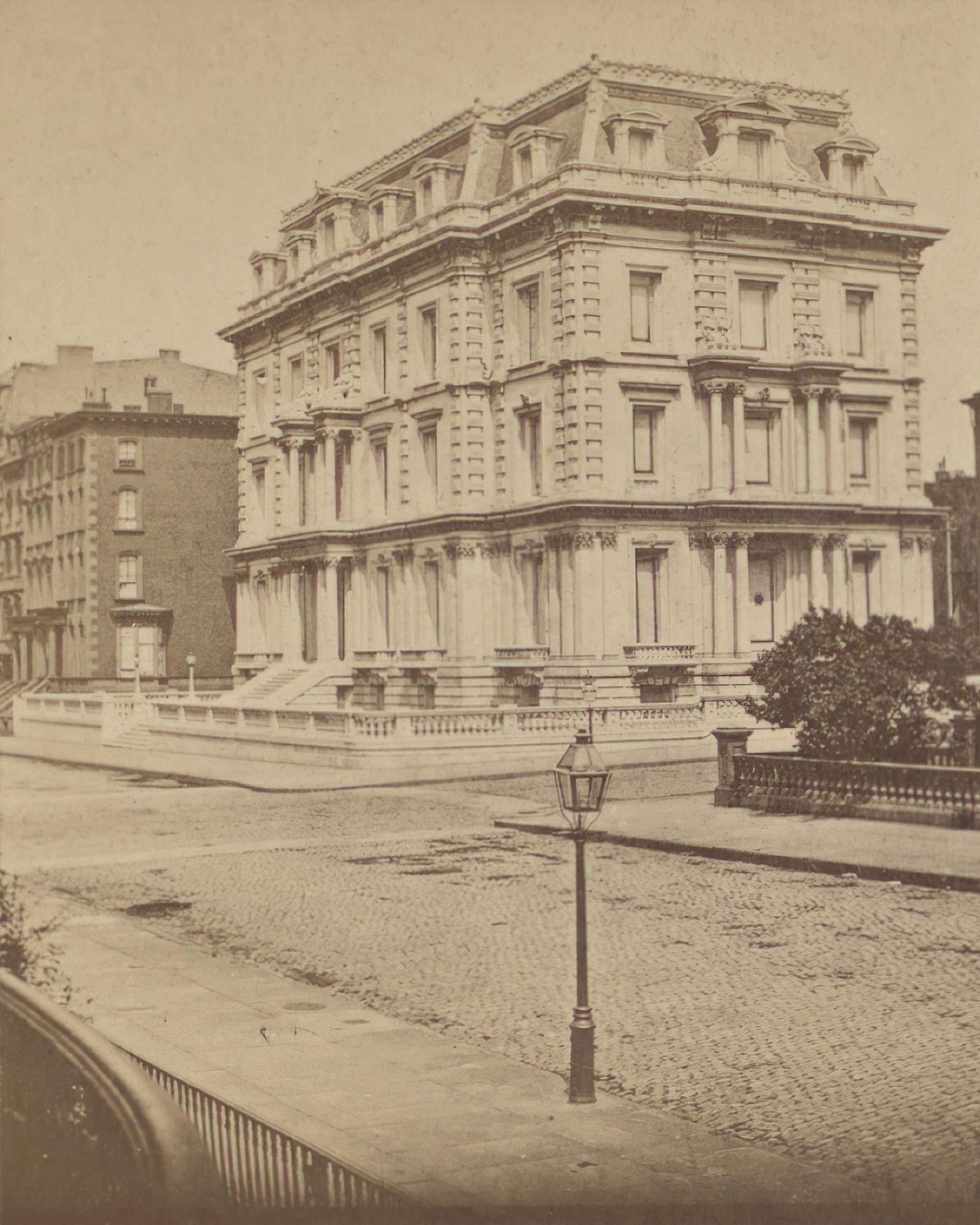
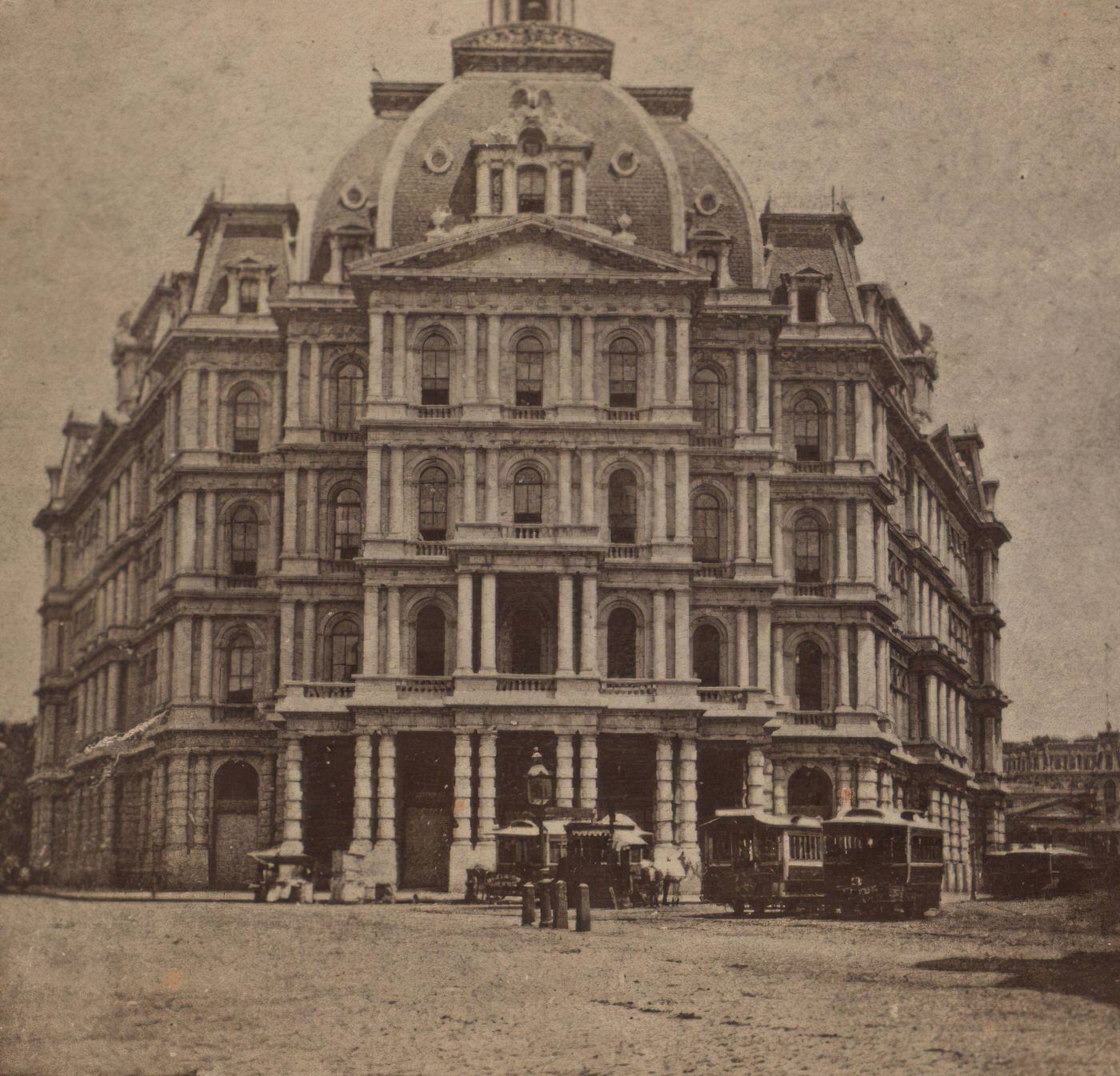

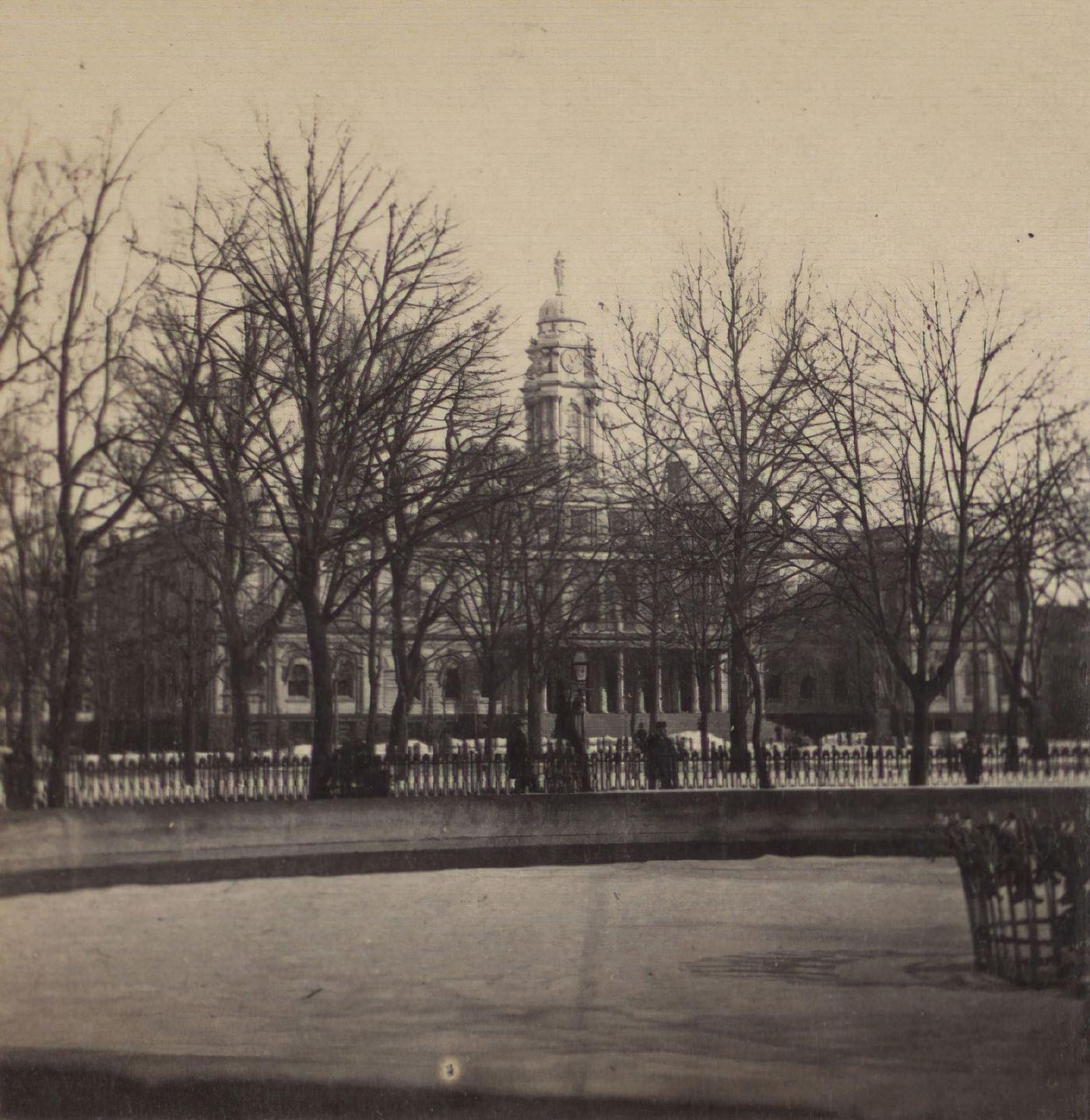
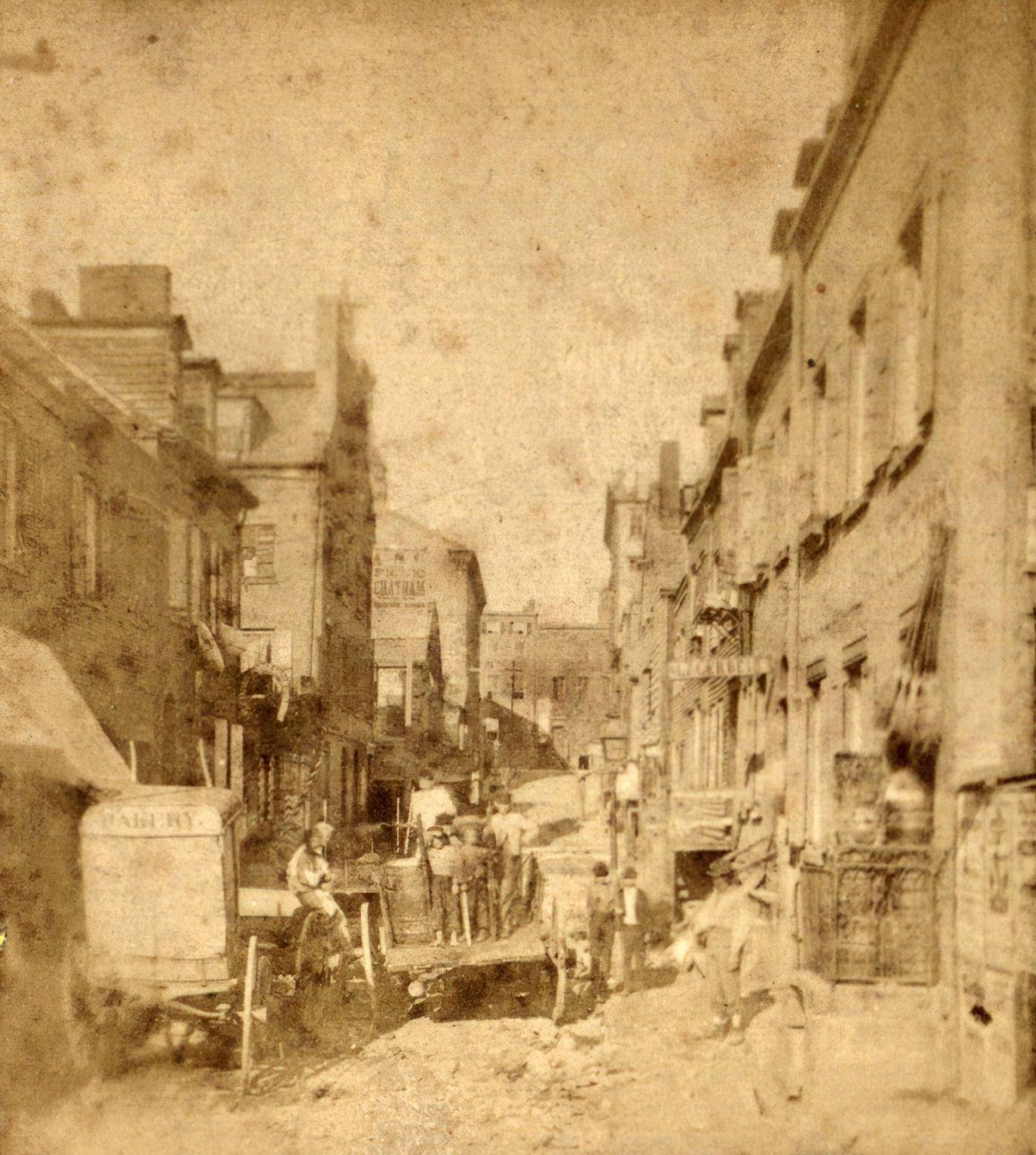
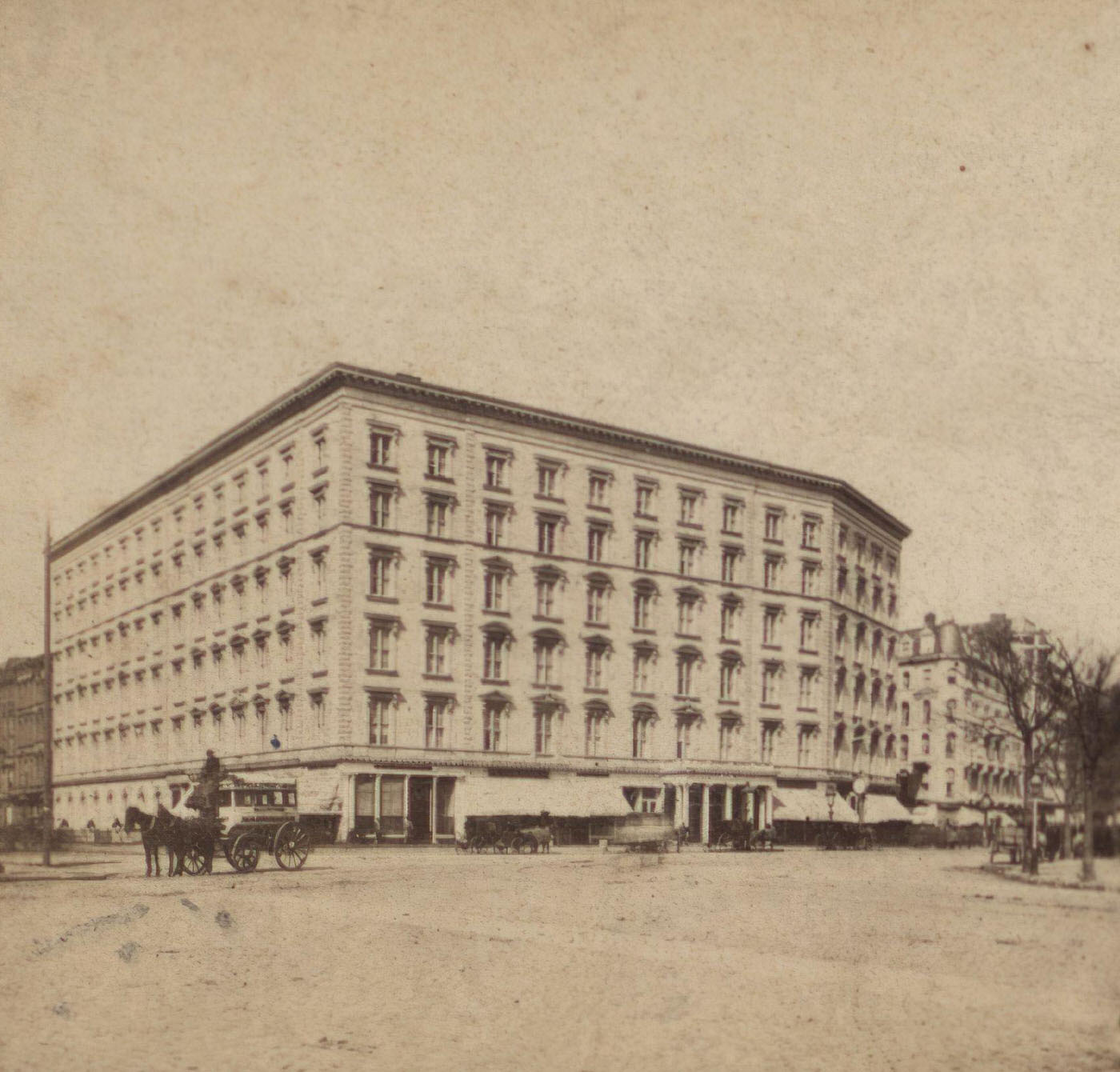
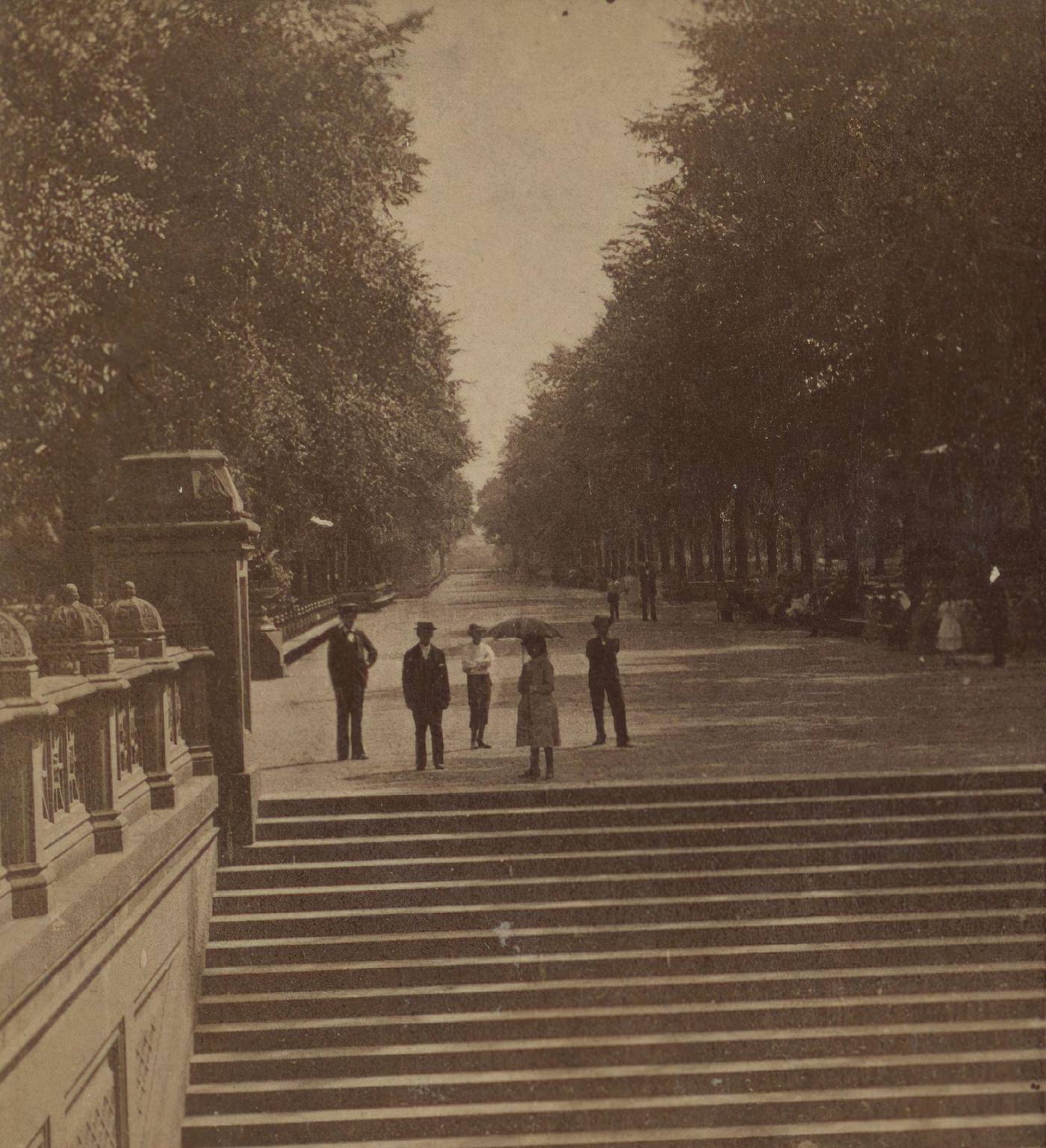
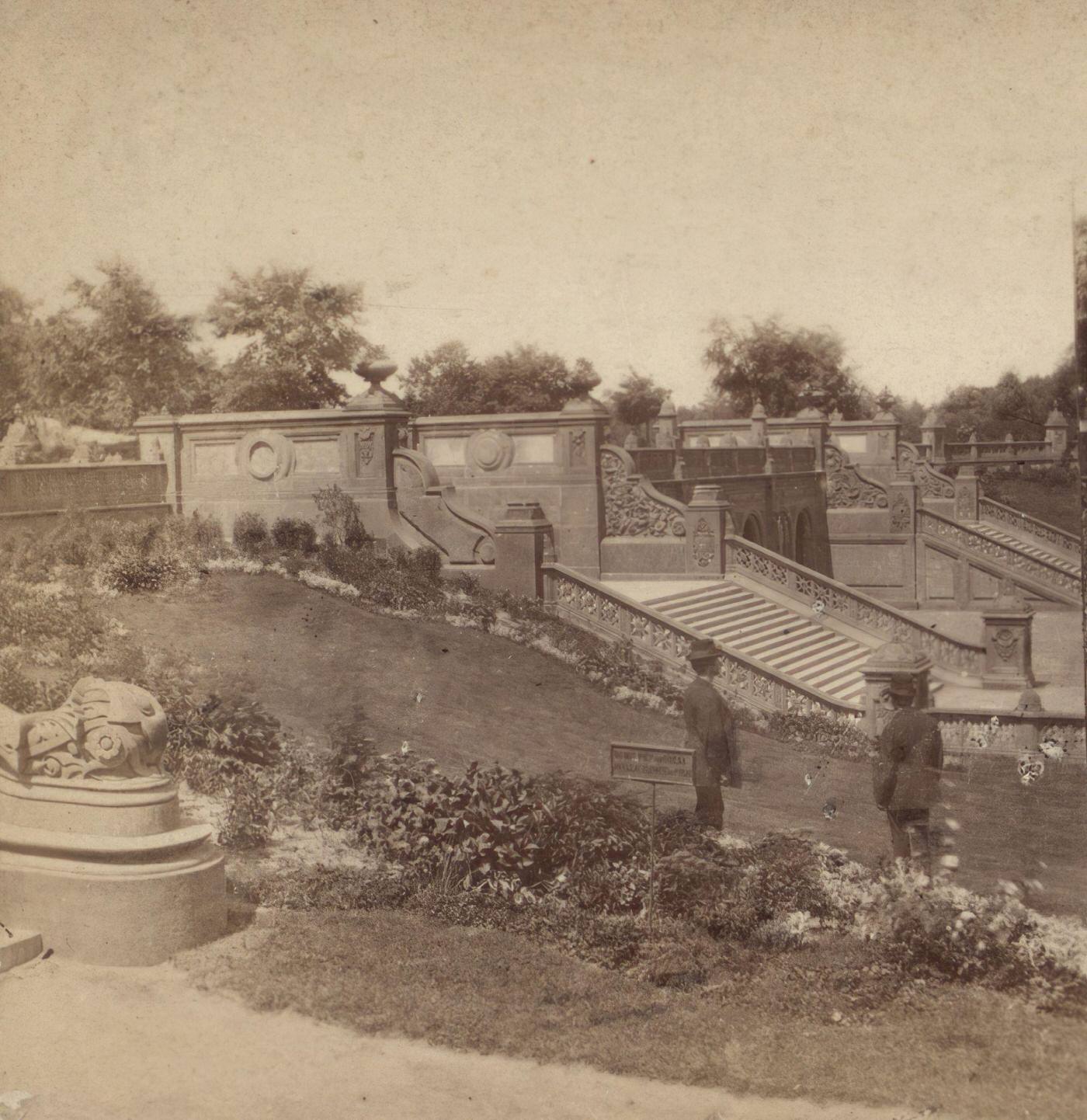
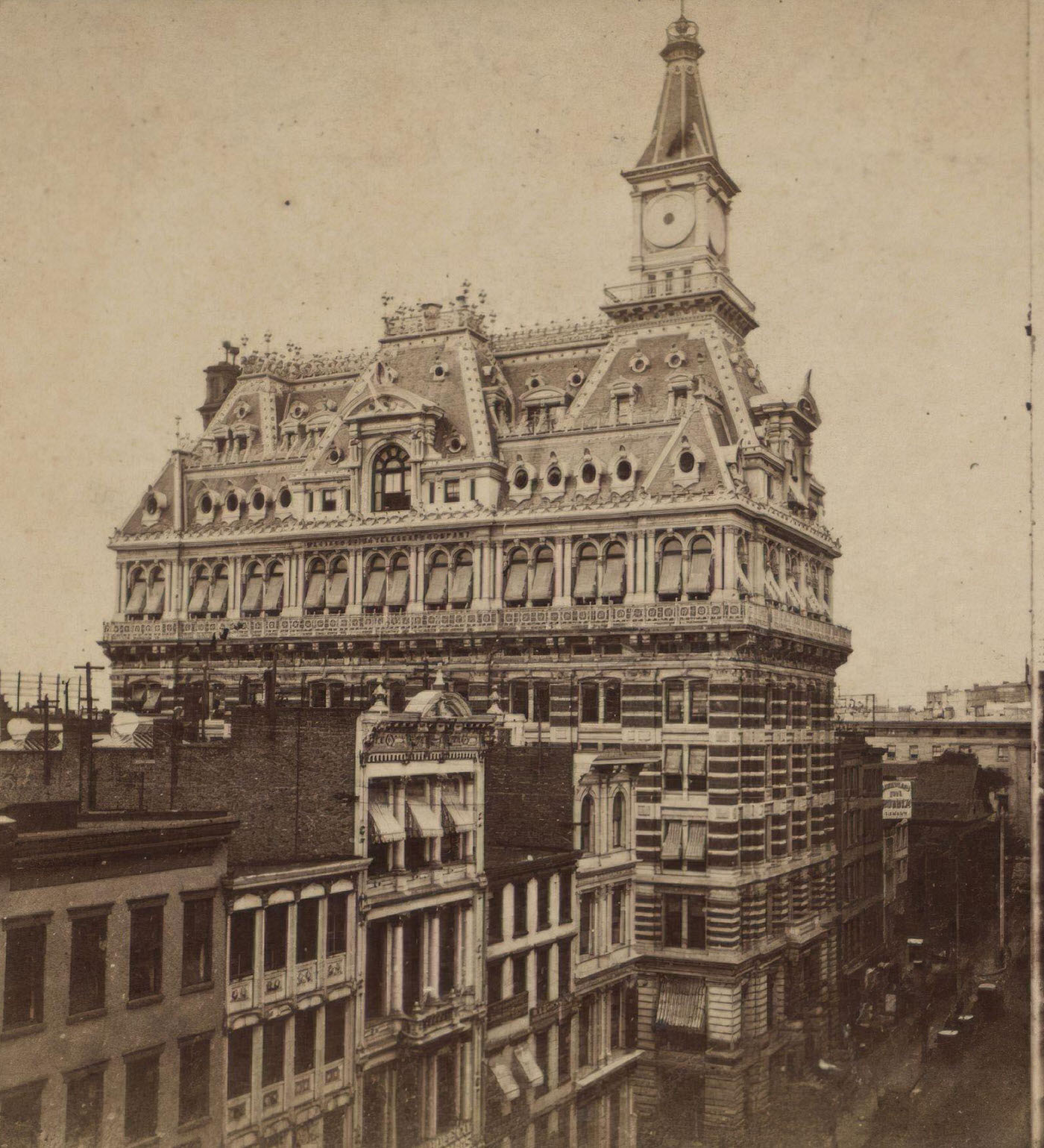
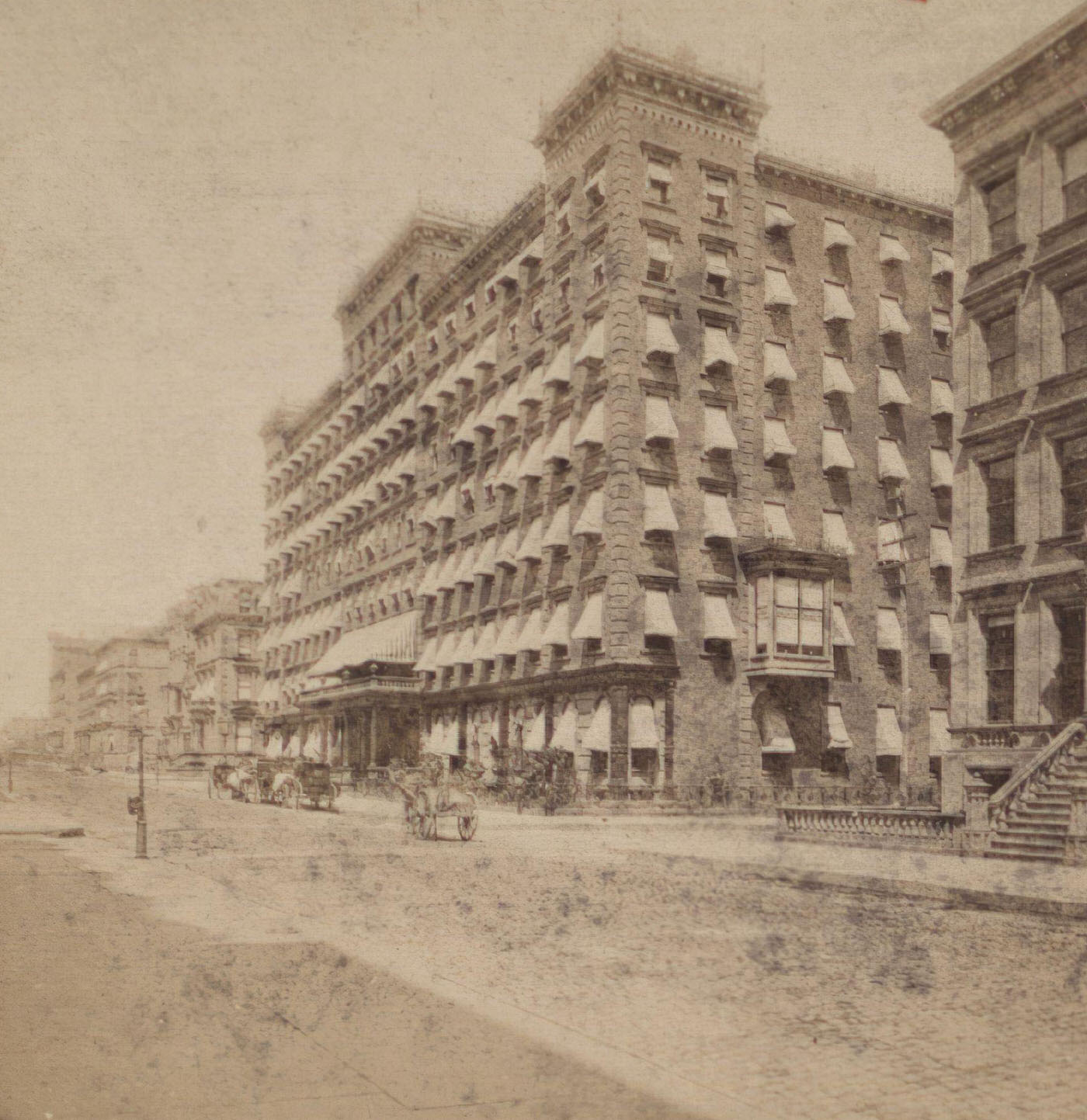

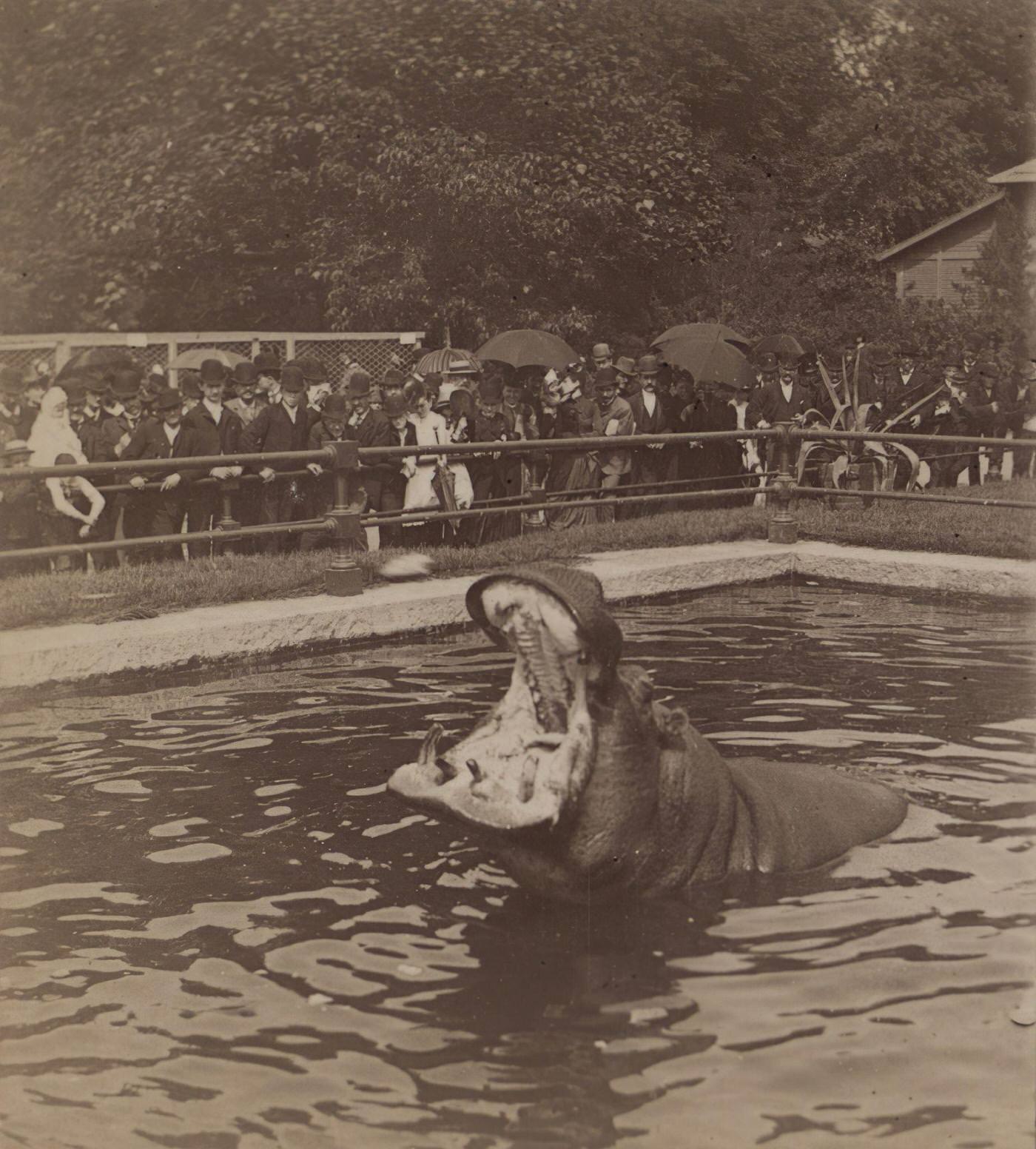
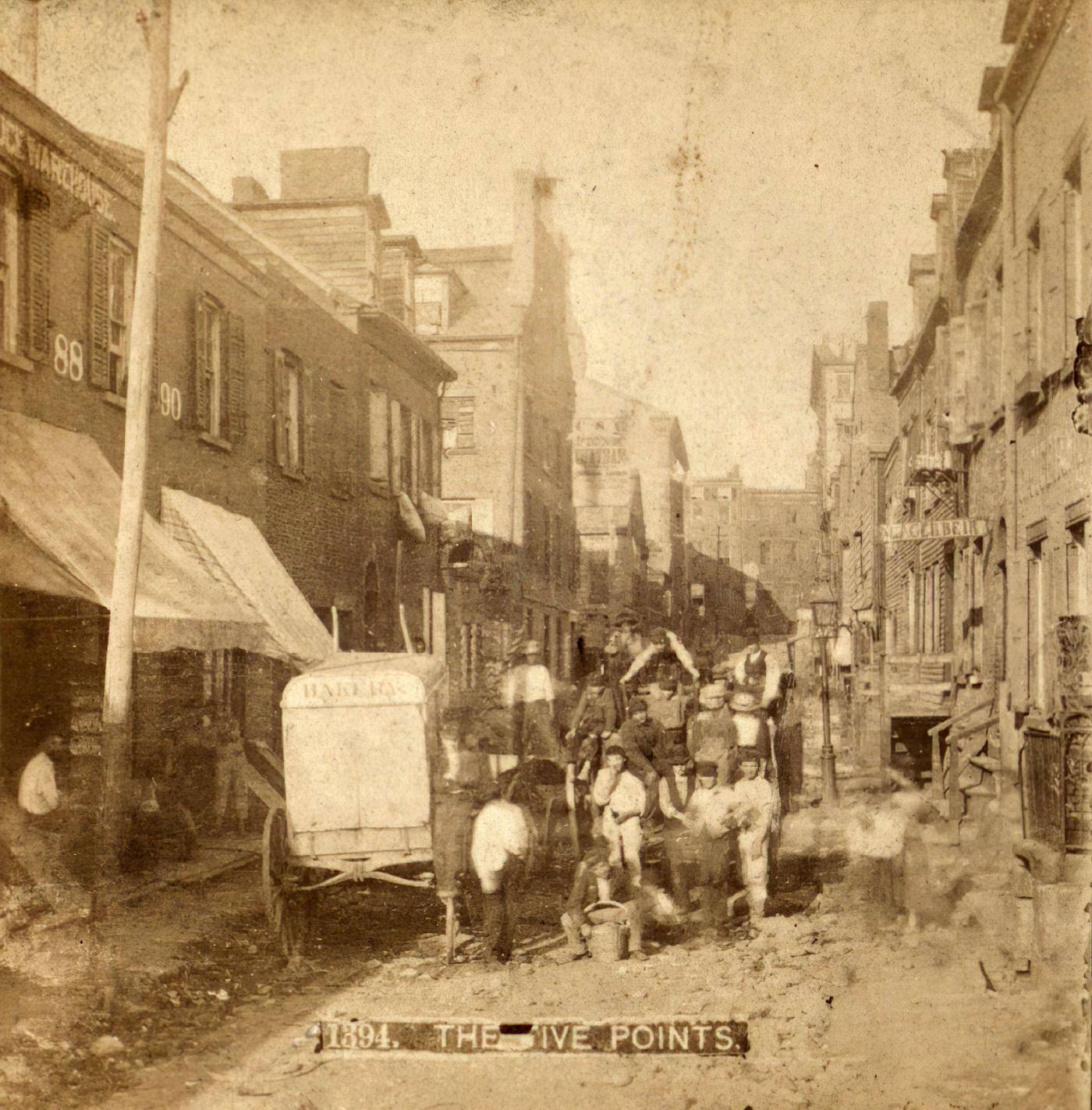


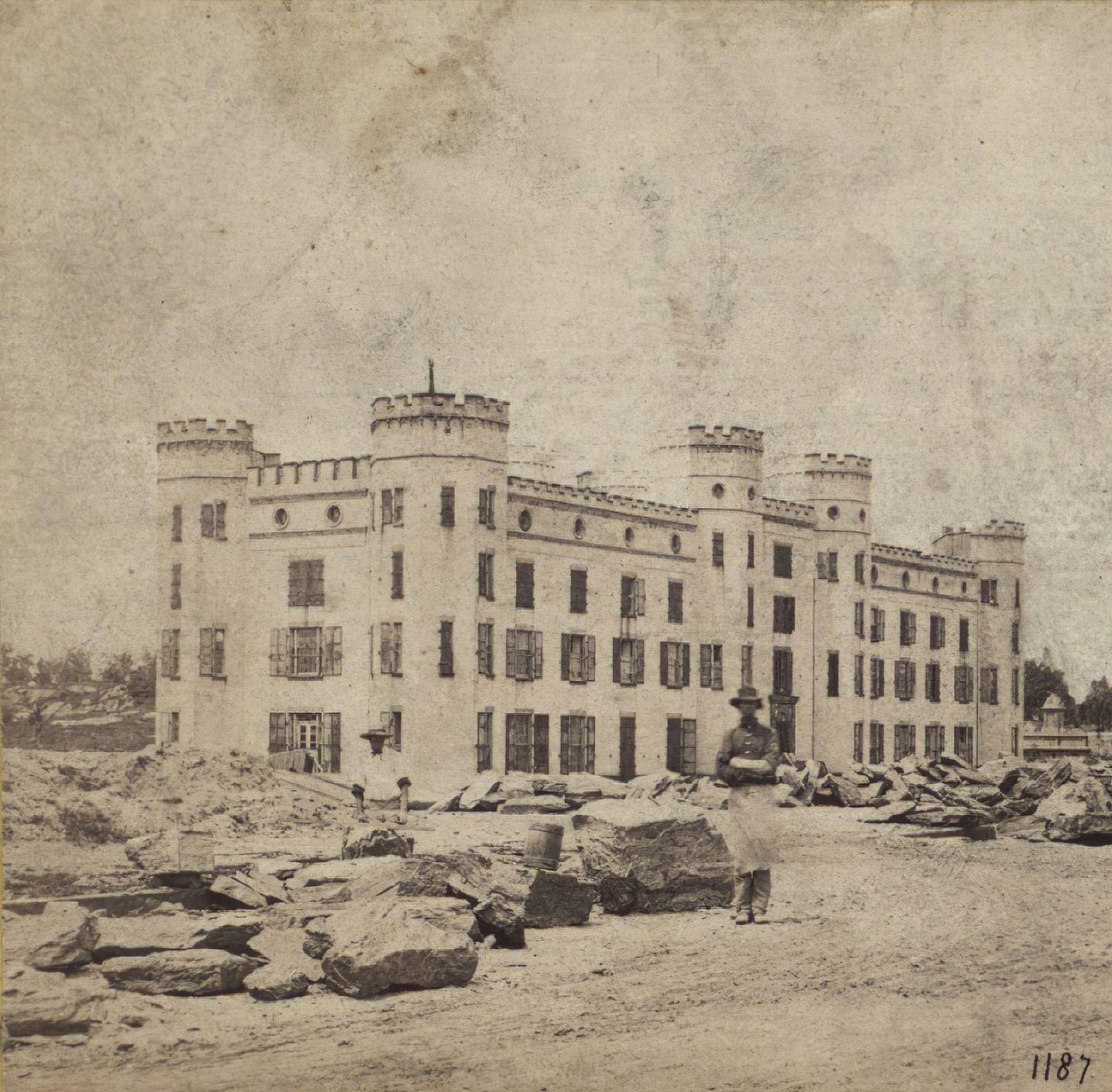
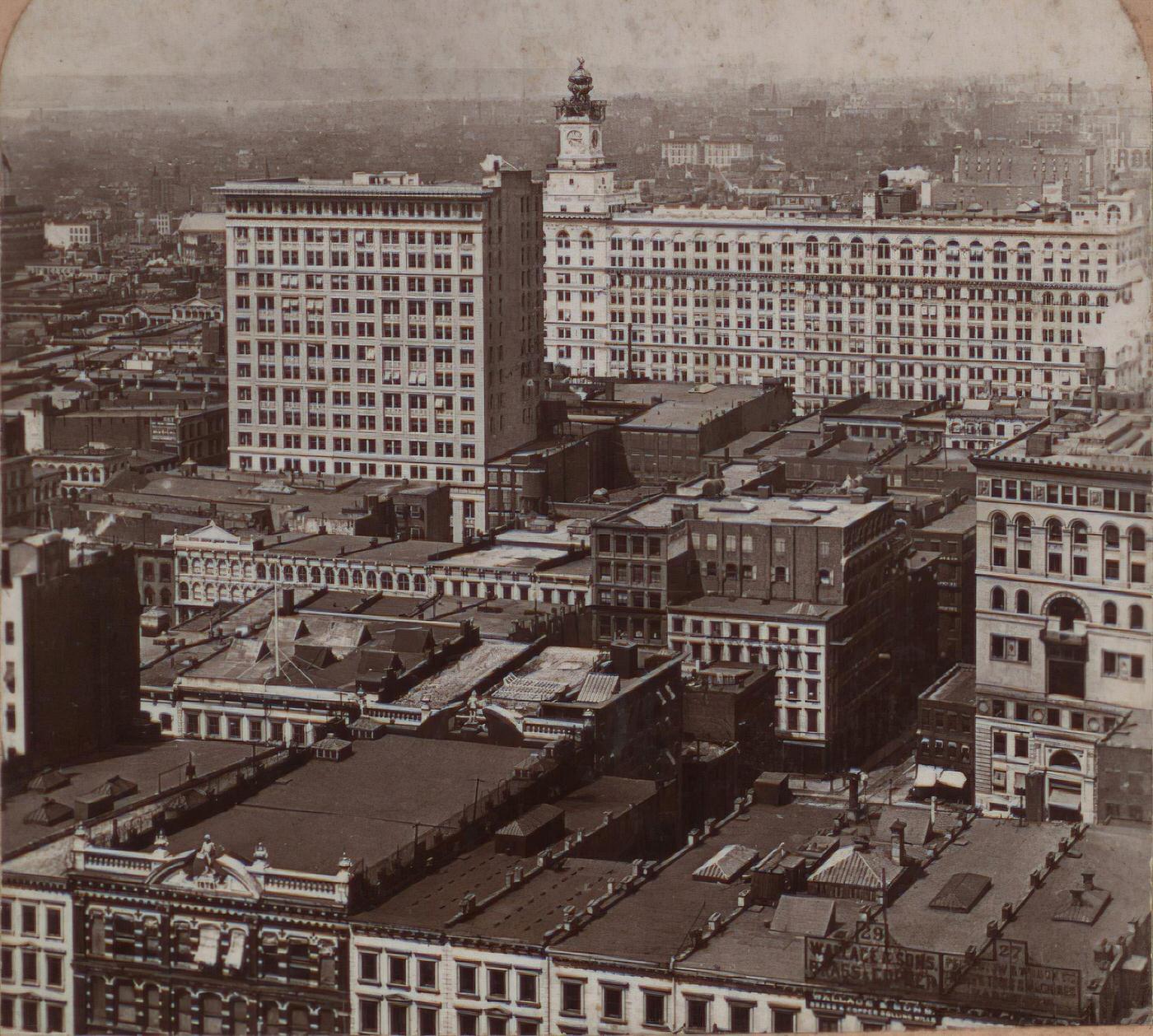
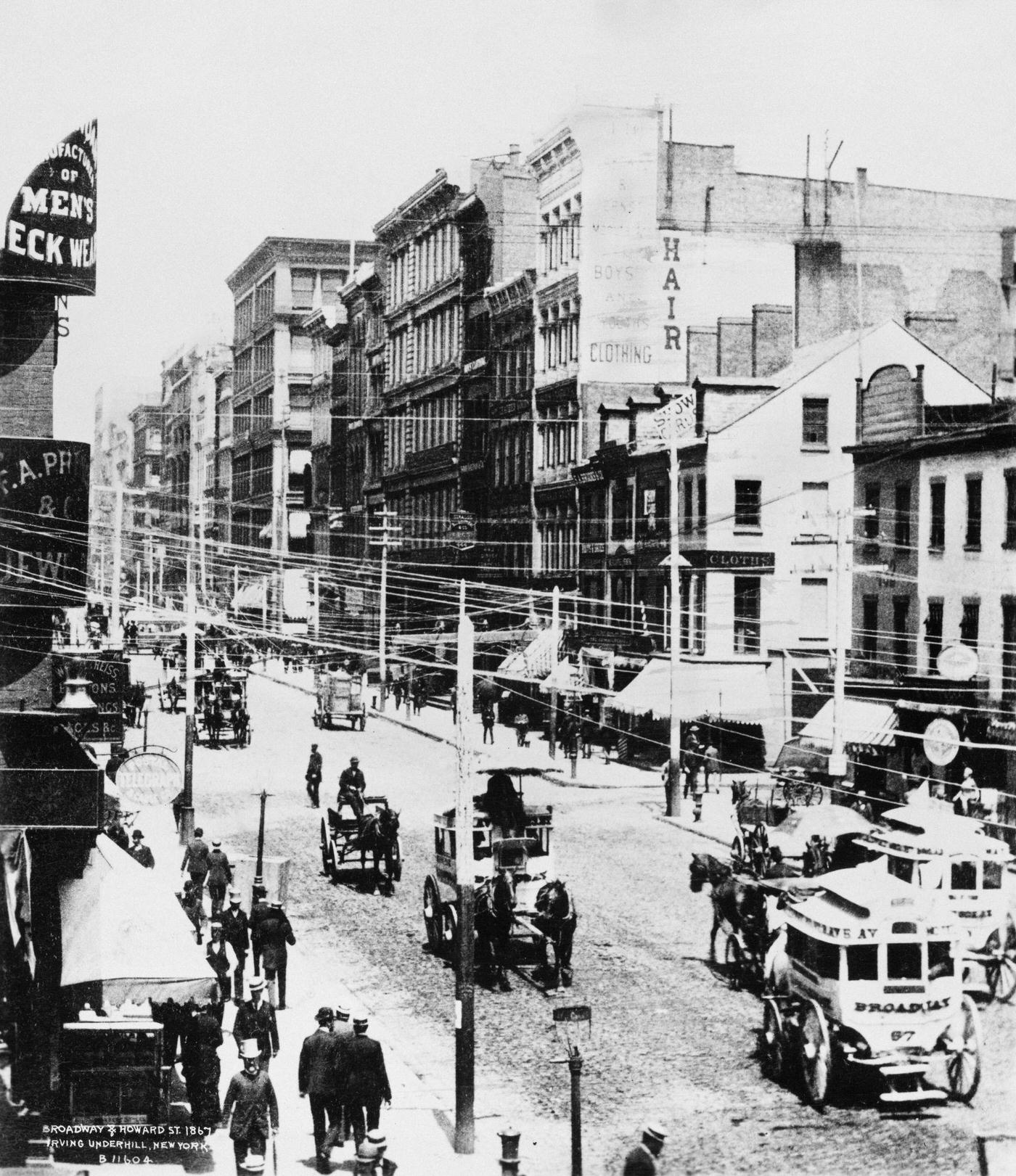

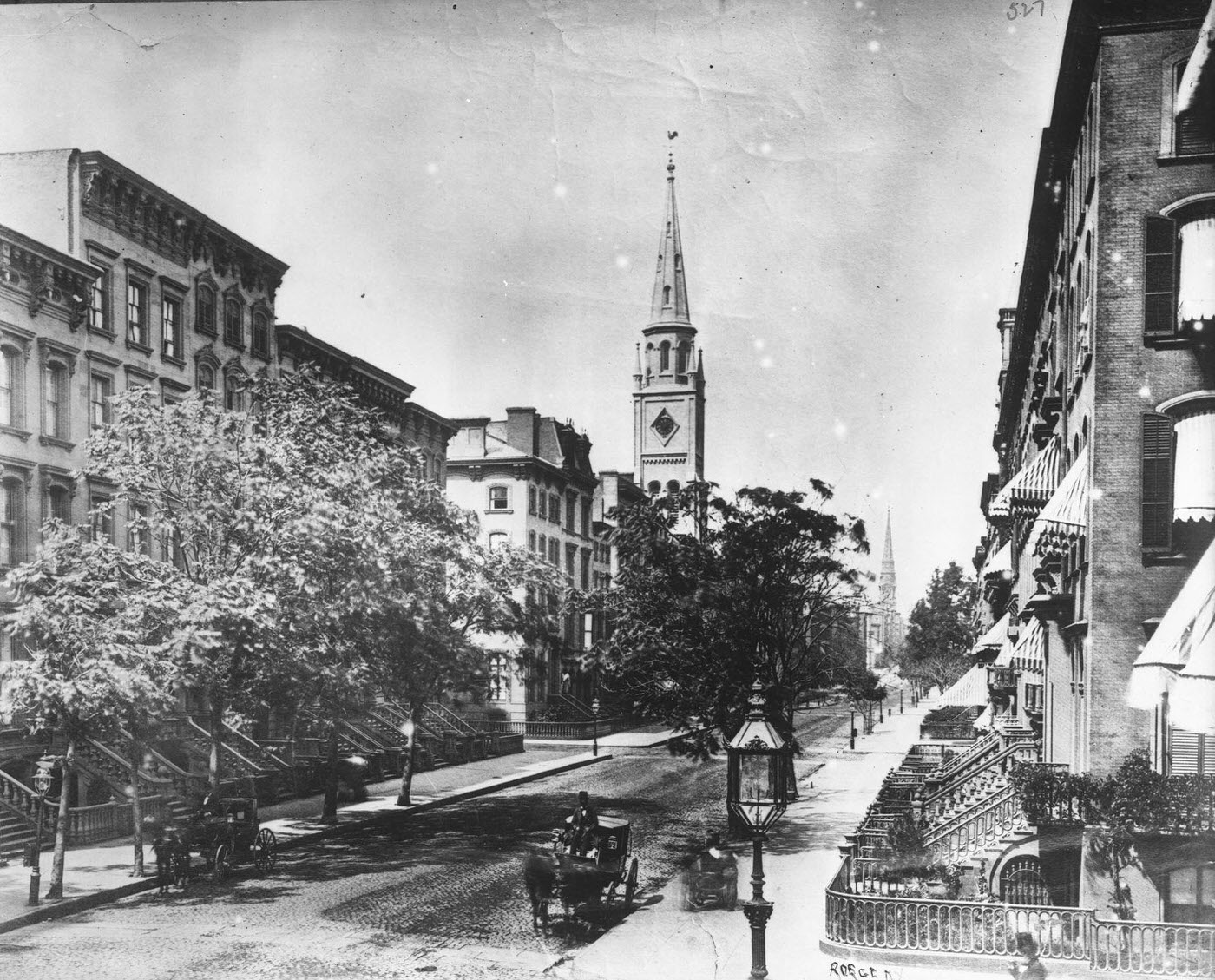
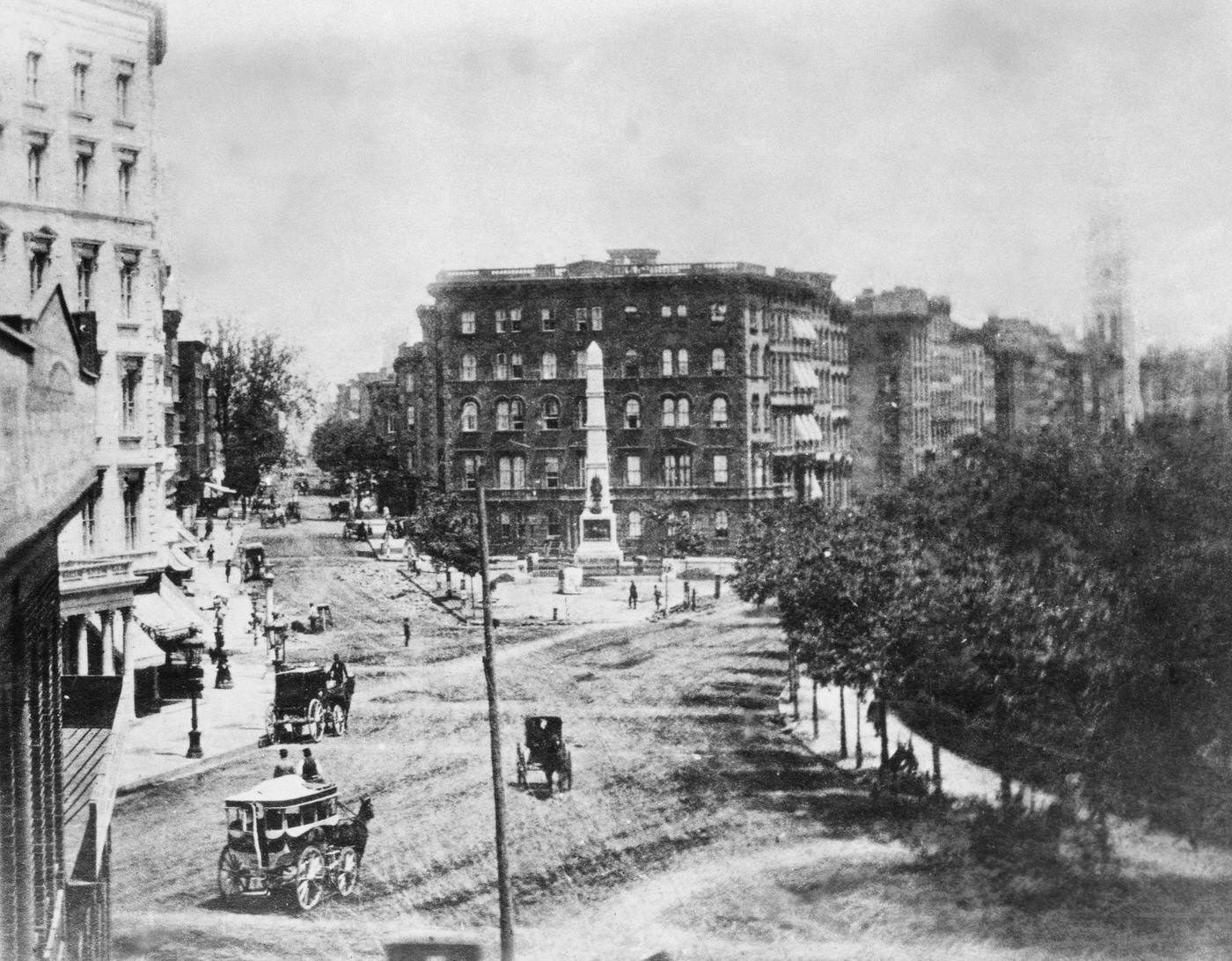
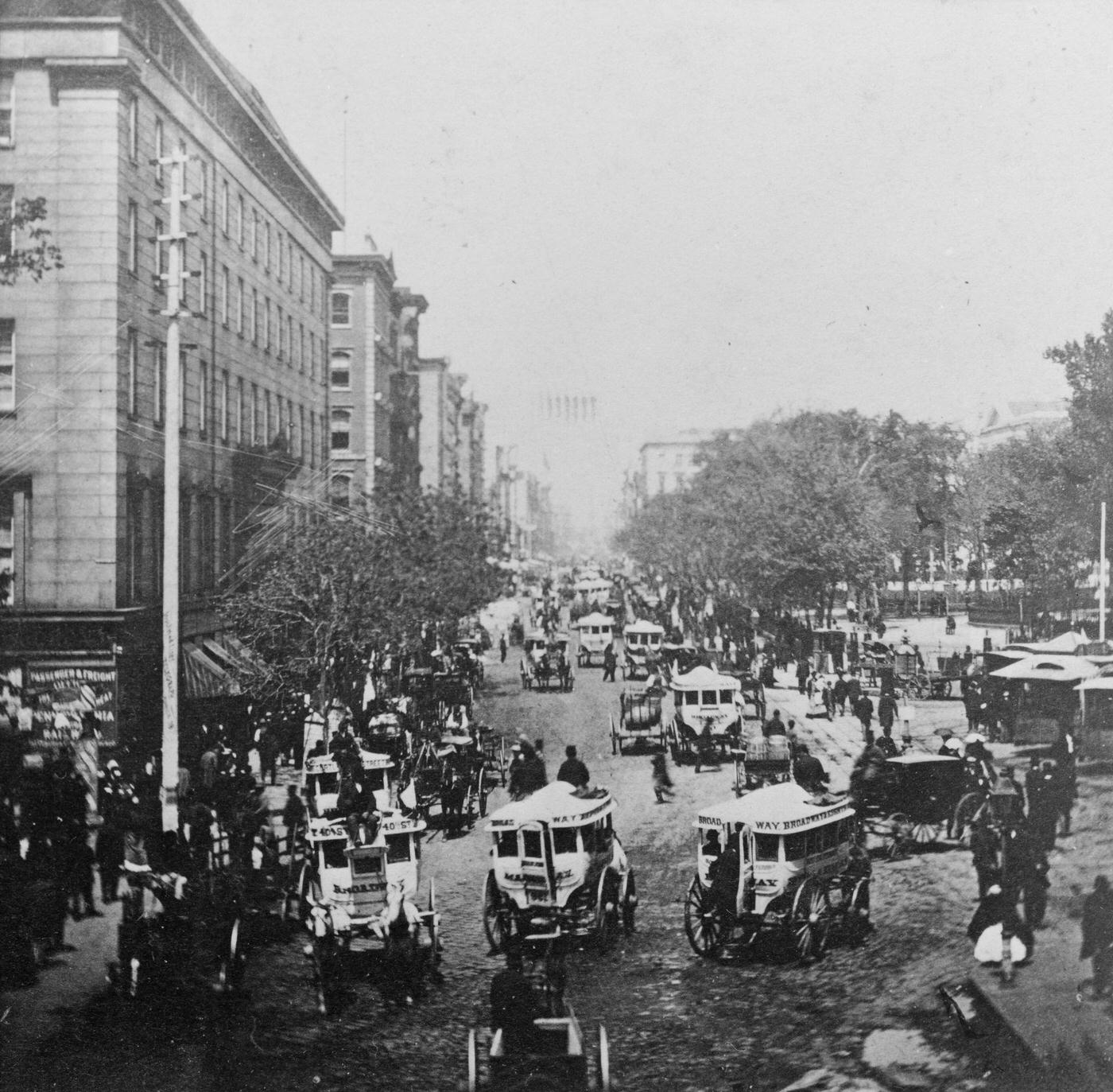
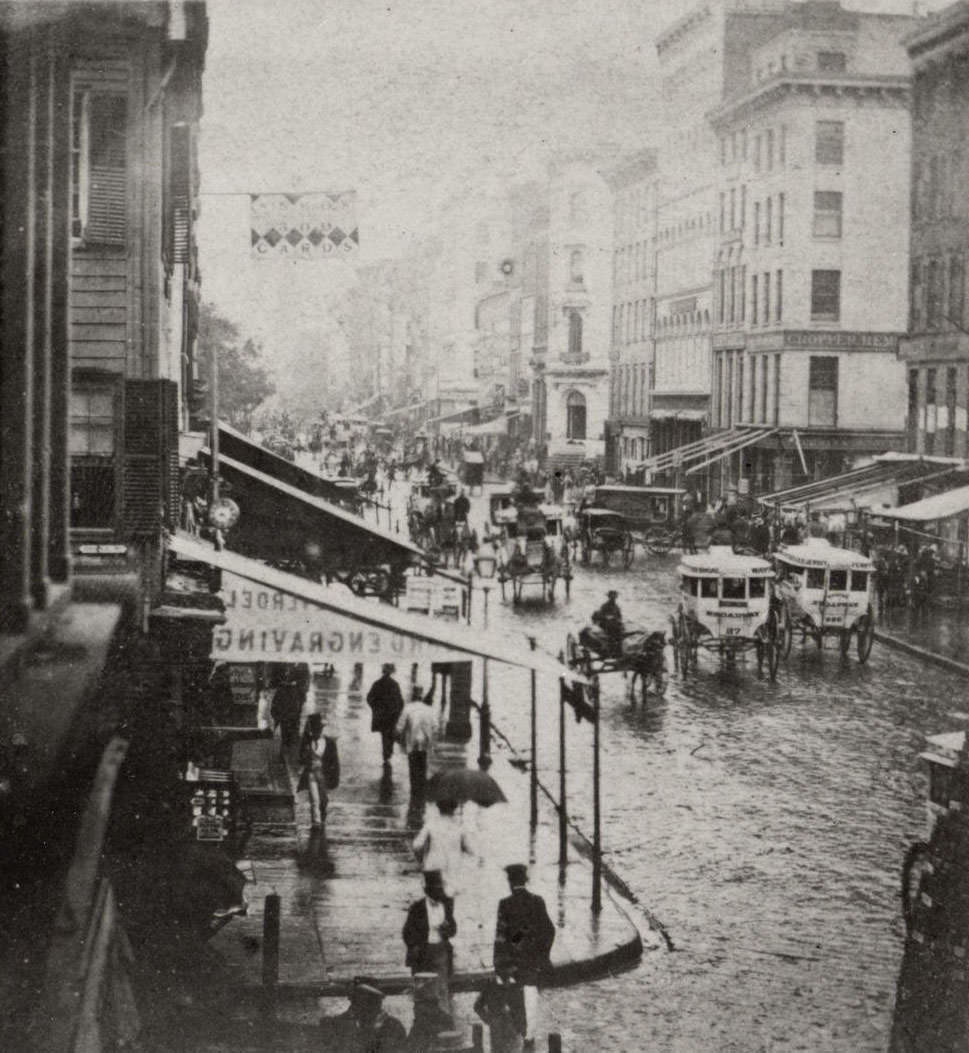

GIPHY App Key not set. Please check settings